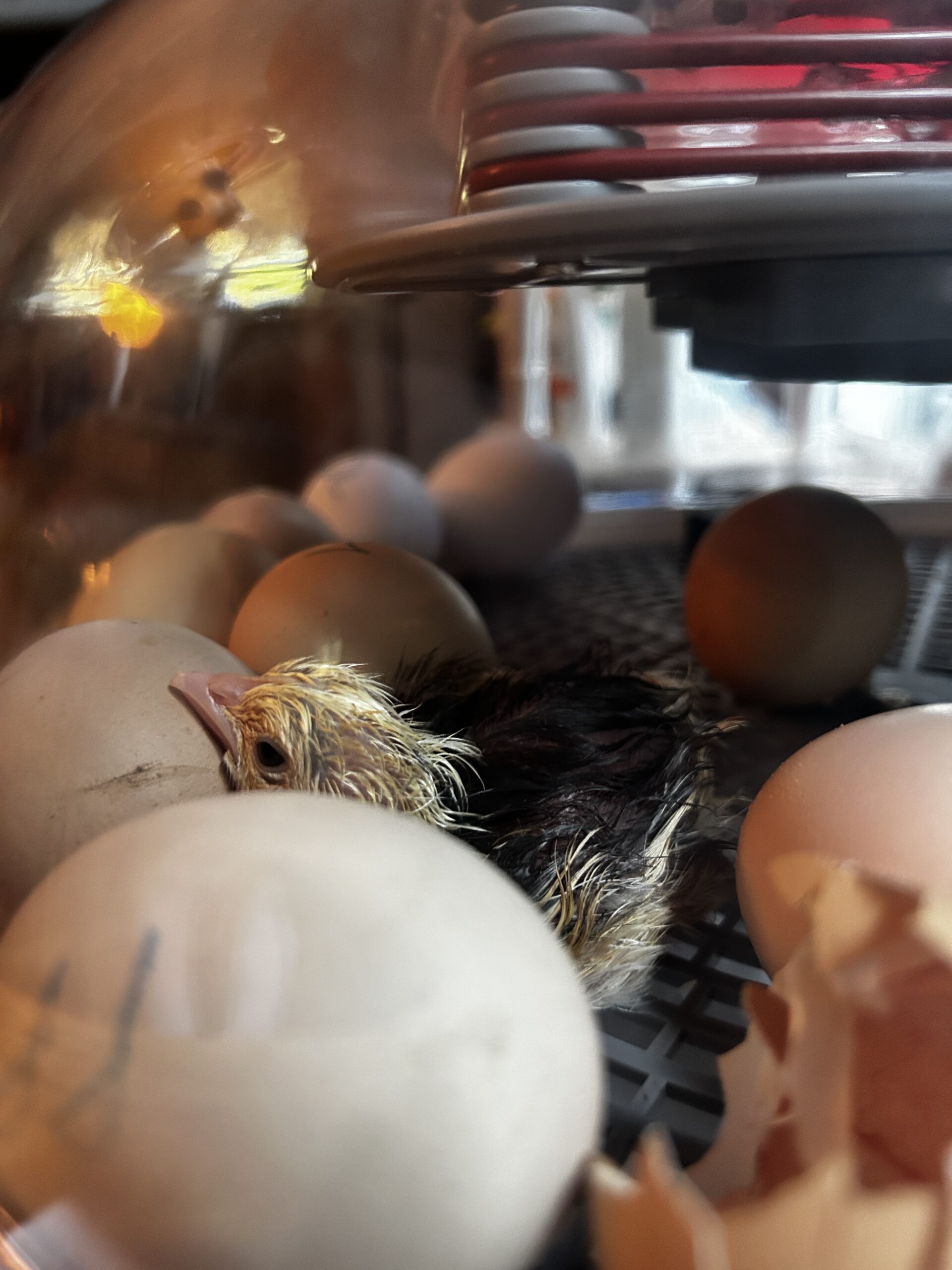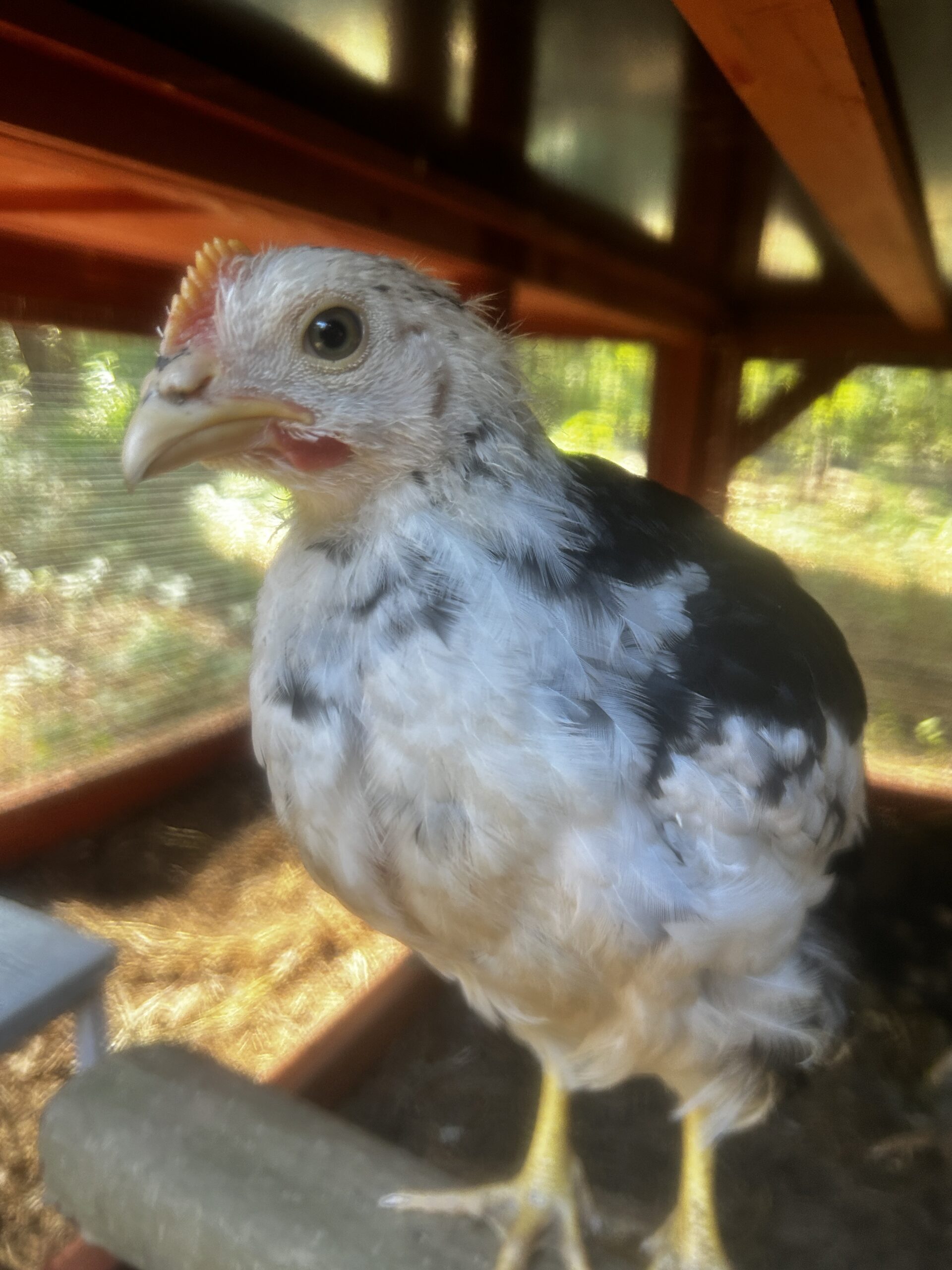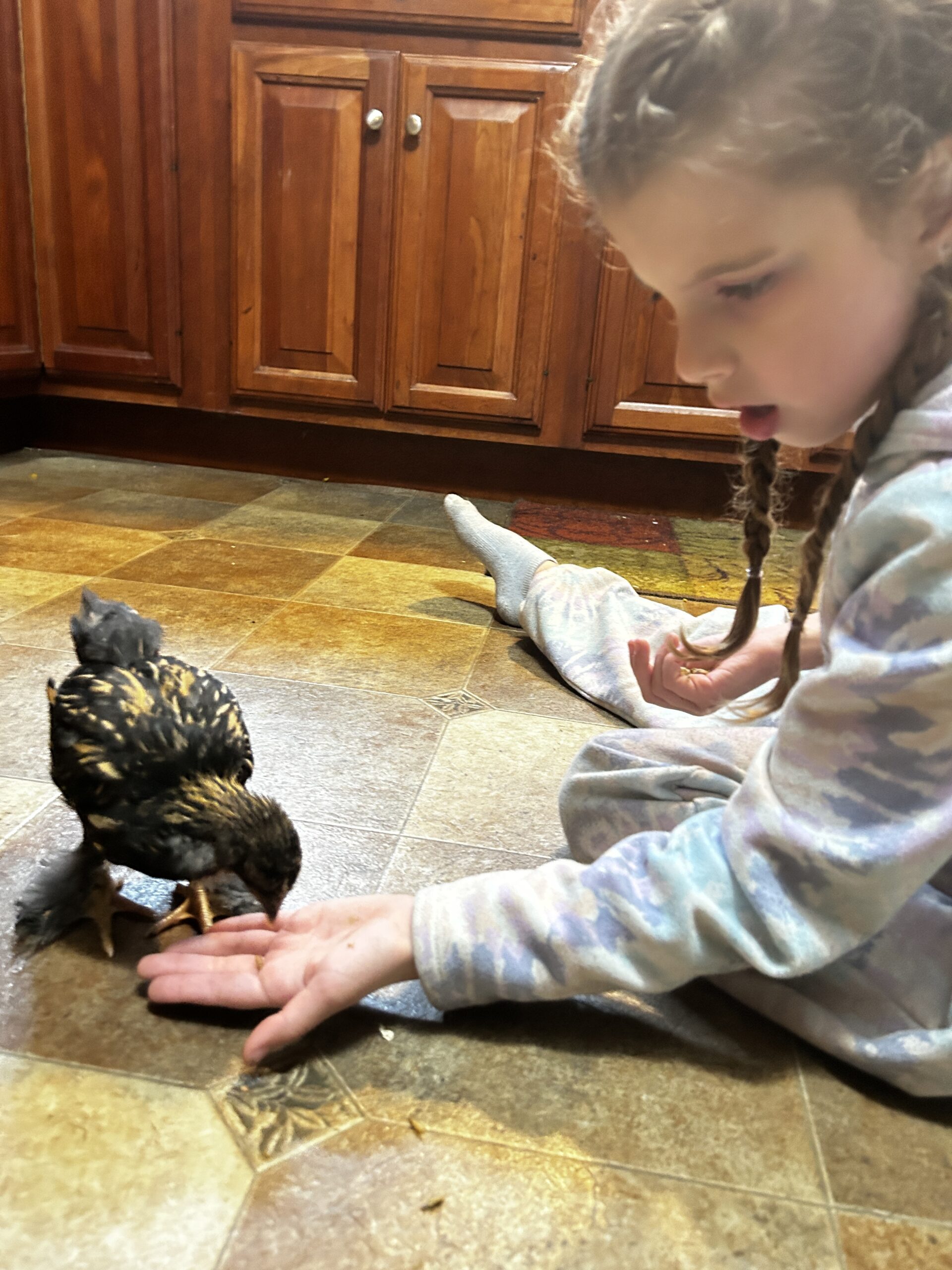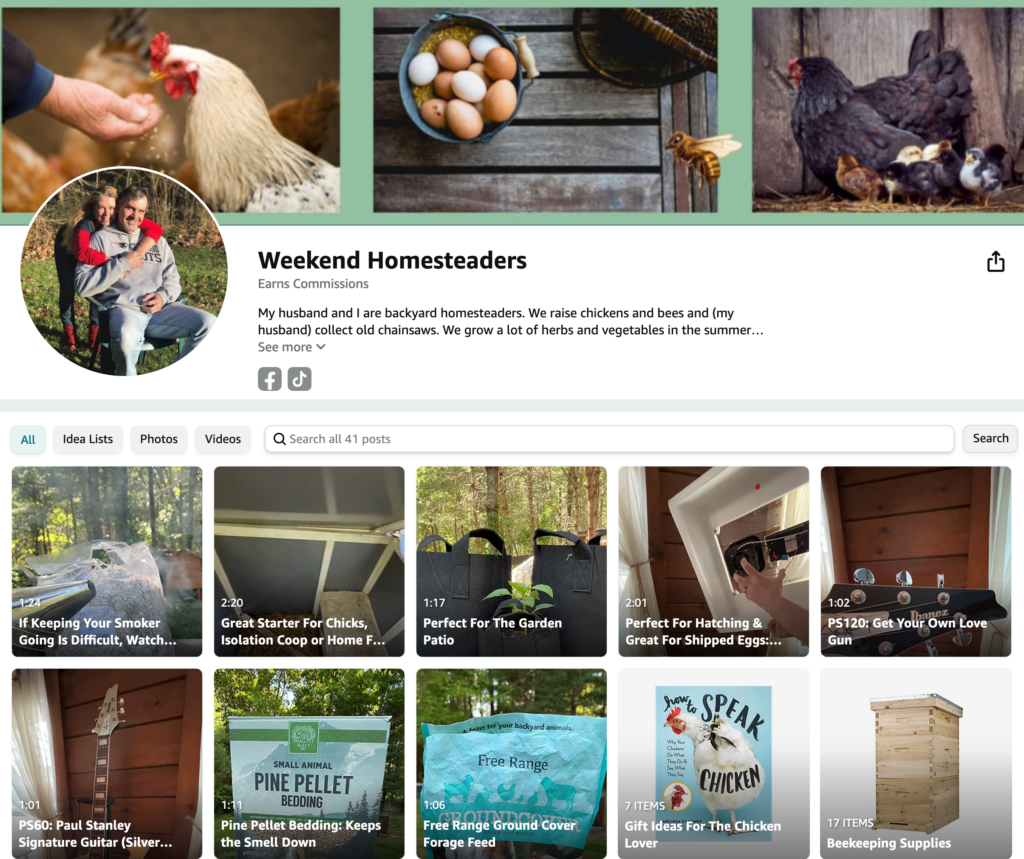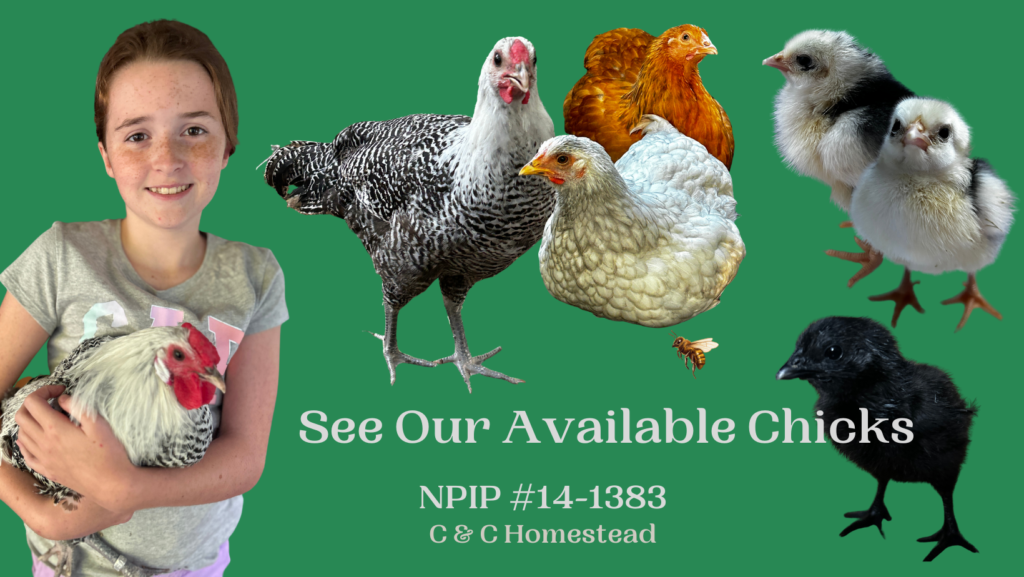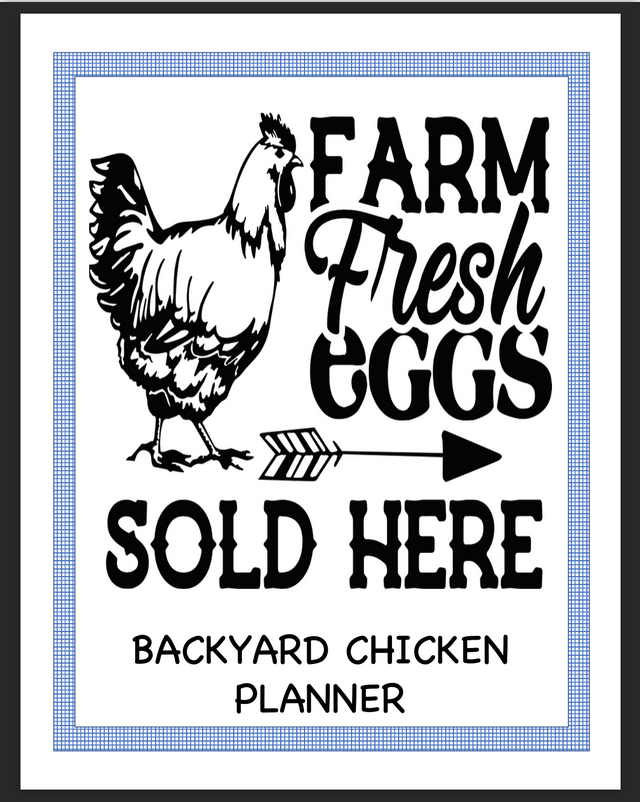Balancing Corporate & Homesteading Lifestyles
Buying Shipped Hatching Eggs
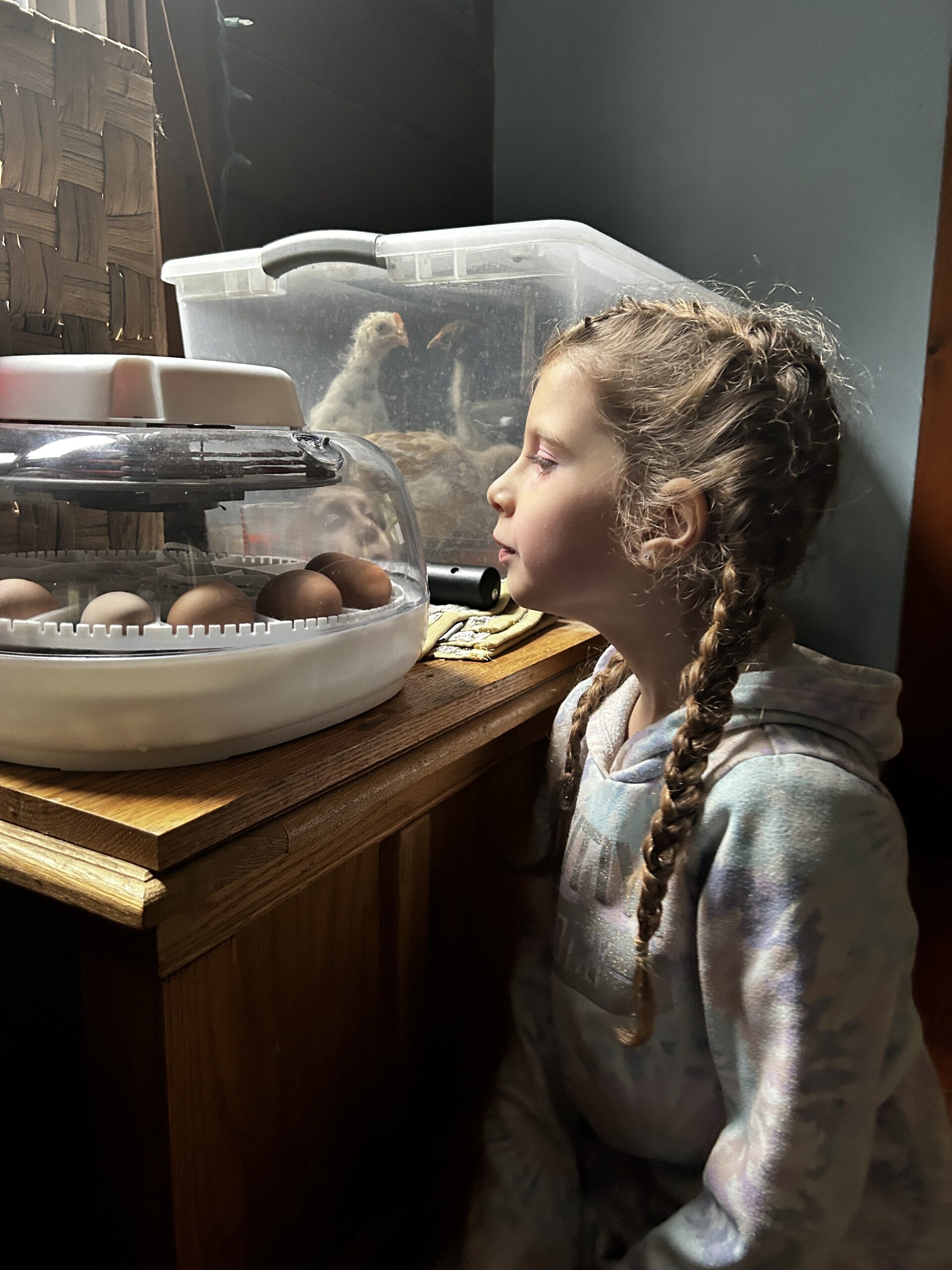
Sometimes buying shipped hatching eggs is necessary if you are looking for a specific breed that can't be found locally.
I found myself in this position as I was trying to build my flock.
I bought my incubator in April and hatched my first set of eggs. These eggs were from a local flock. It went well.
My dream was to have Deathlayers, so next I found some on E-Bay. I had no idea they even sold hatching eggs and I bought 6. I also found a breeder and bought a dozen. The E-Bay eggs came from OH & the others from OK.
OH sent 7 eggs & OK sent 18 so I started with 25 eggs. End result = 4 chicks. 0 eggs from OK and 4 from OH.
They arrived the same day (that took some planning). They all sat for 24 hours before I put them together in the incubator. So what went wrong? I can't tell you for sure, but I learned a lot from that experience.
Note: this is an affiliate link and I may earn a small commission at no extra cost to you, if you choose to purchase from my link. Here are many of the products that I use.
Shipping:
Everyone ships their eggs differently and all say their method works the best.
In my venture to get Deathlayers with shipped and eggs, I only received 1 broken egg.
Below are some of the photos of the eggs I received and how they were packed.
Eggs shipped in the heat are usually pack with an ice pack ... but when one breaks in transit, on a hot day ... it is stinky!
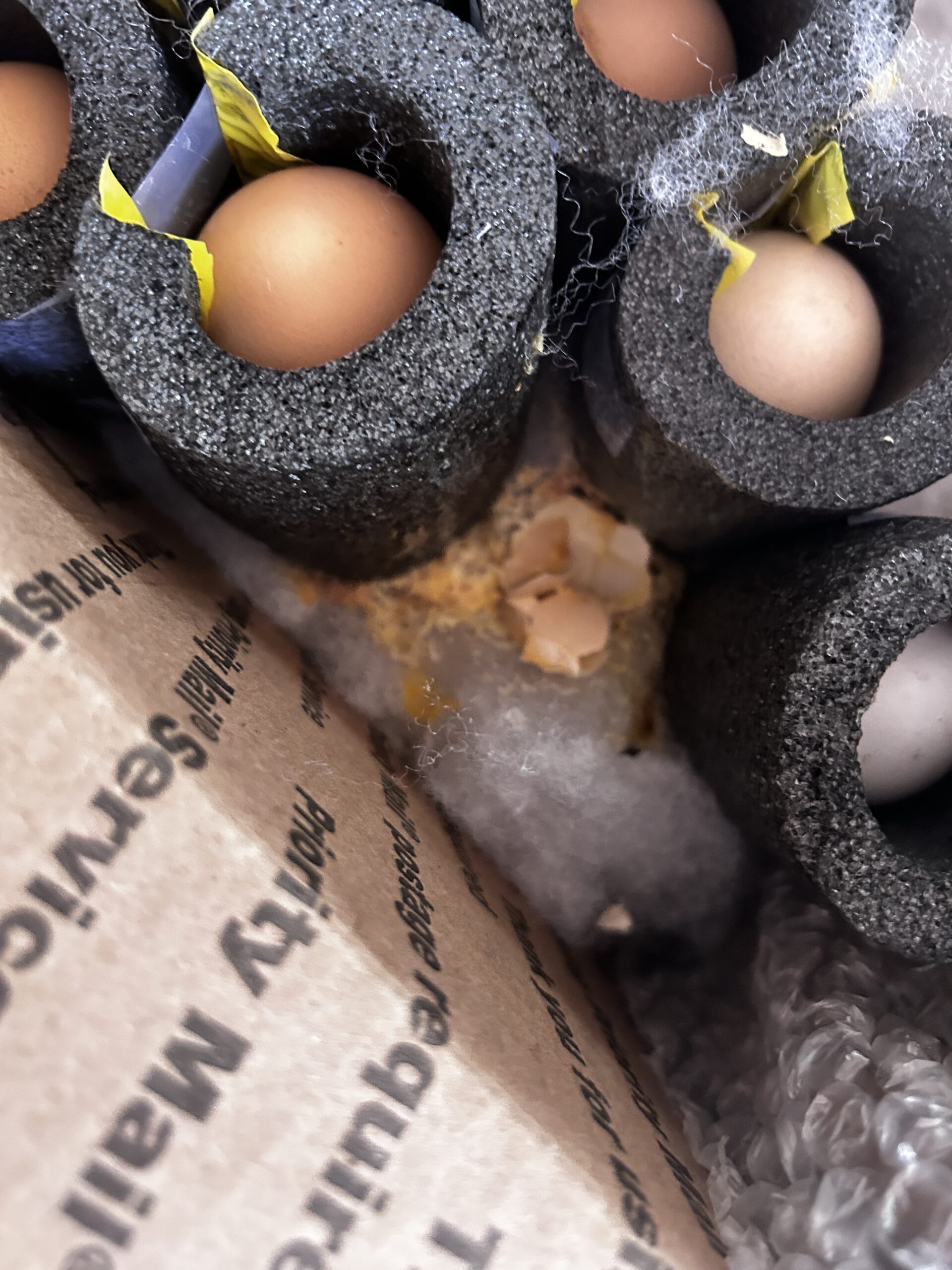
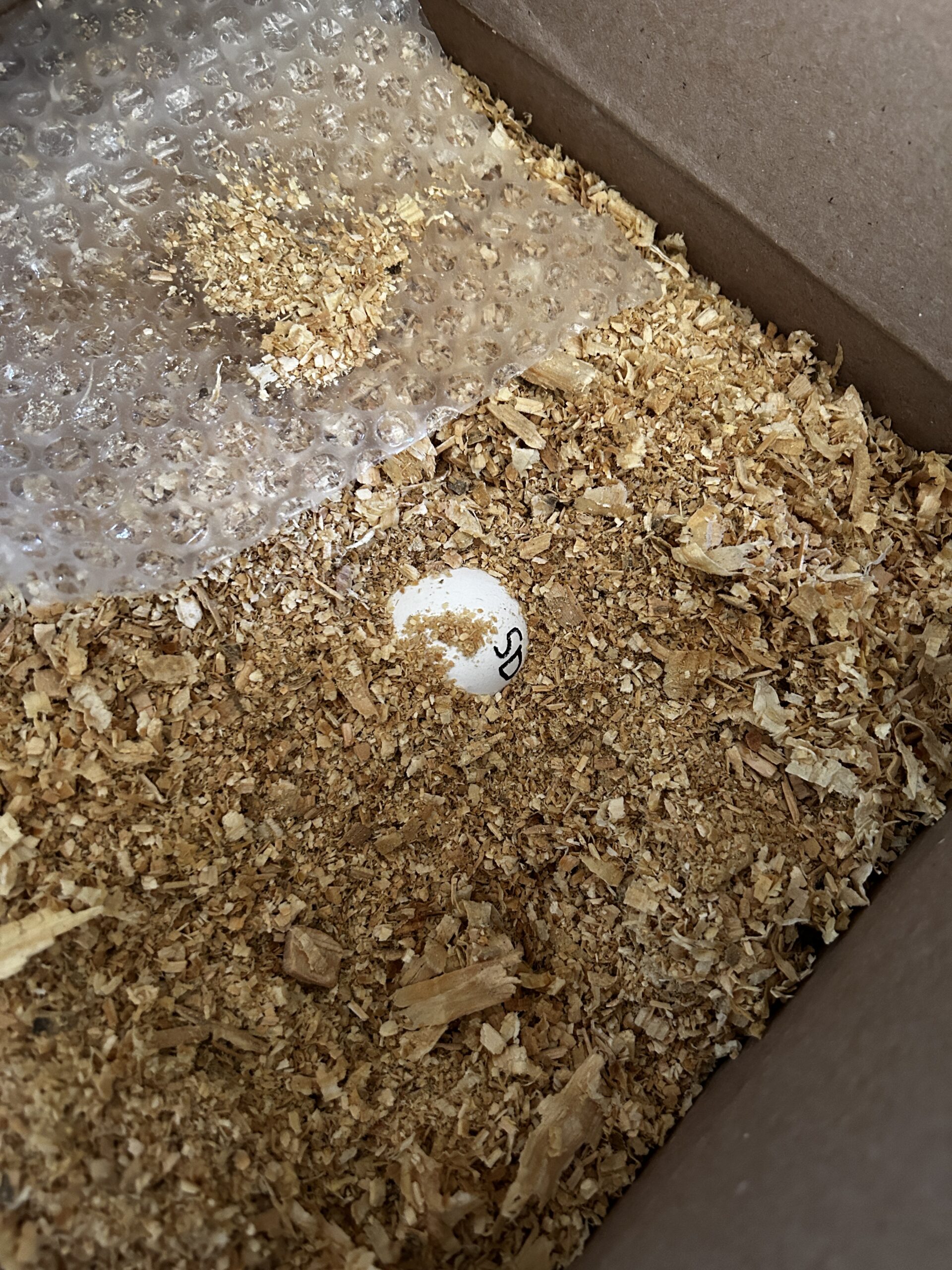
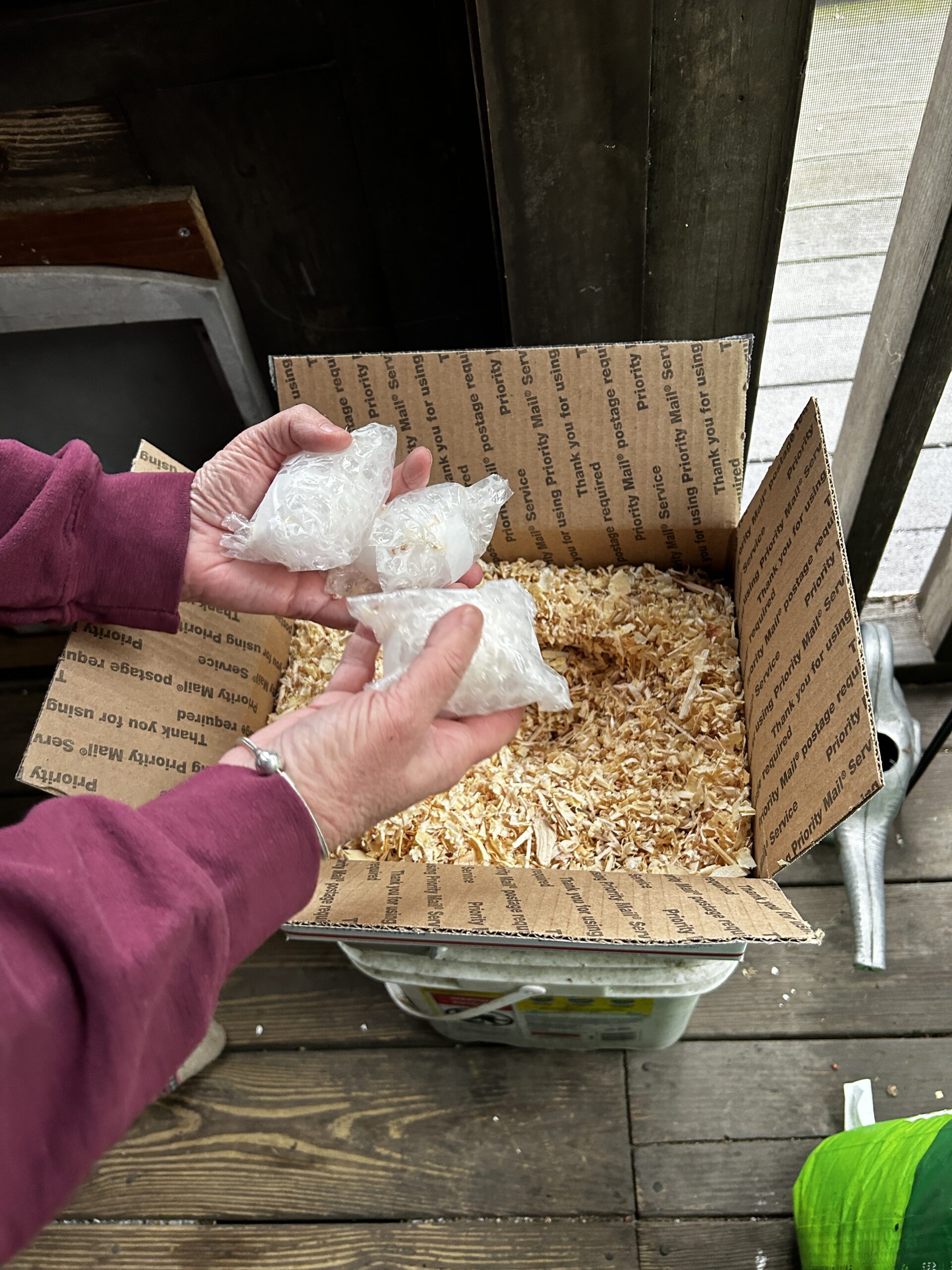
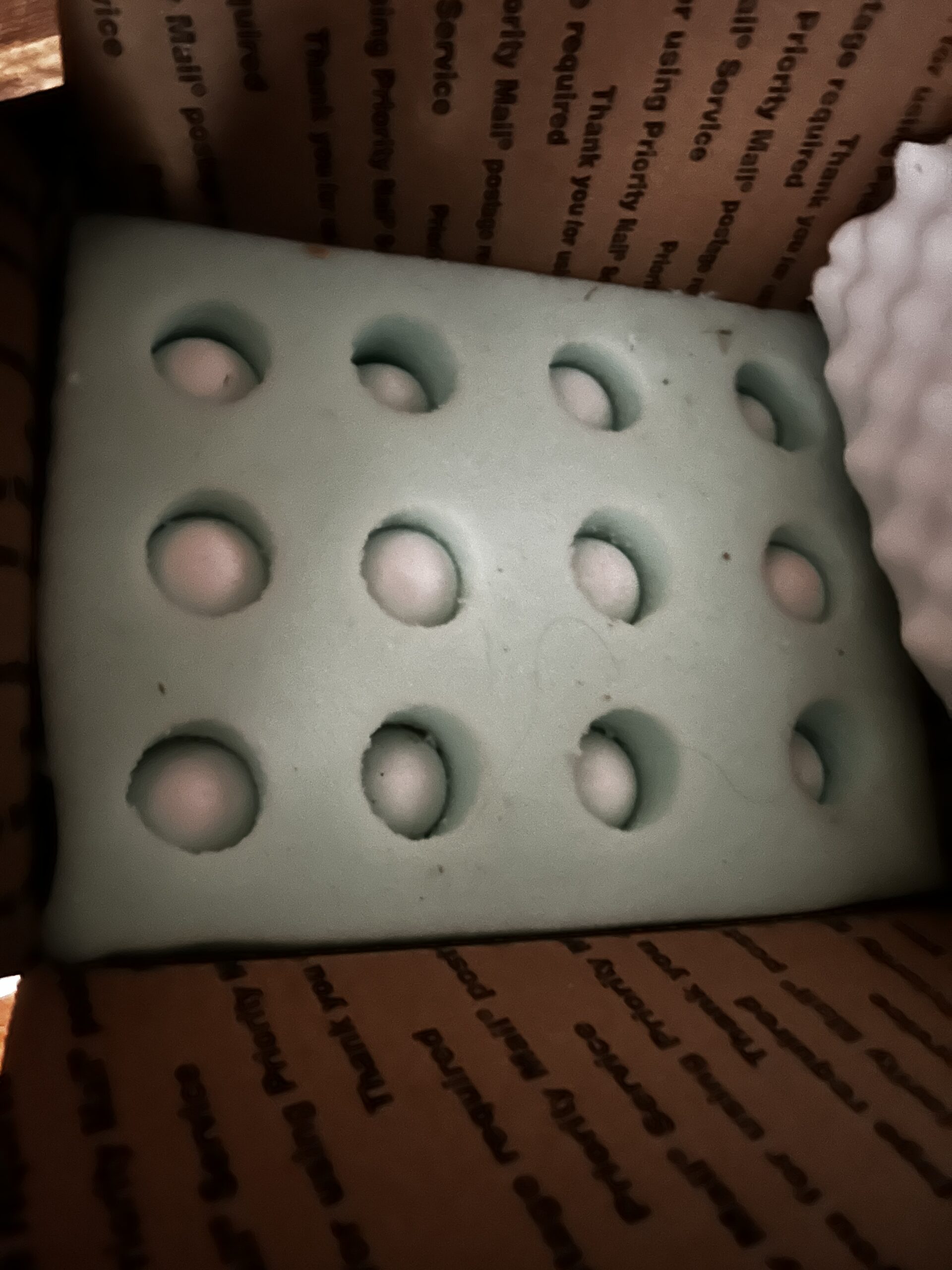
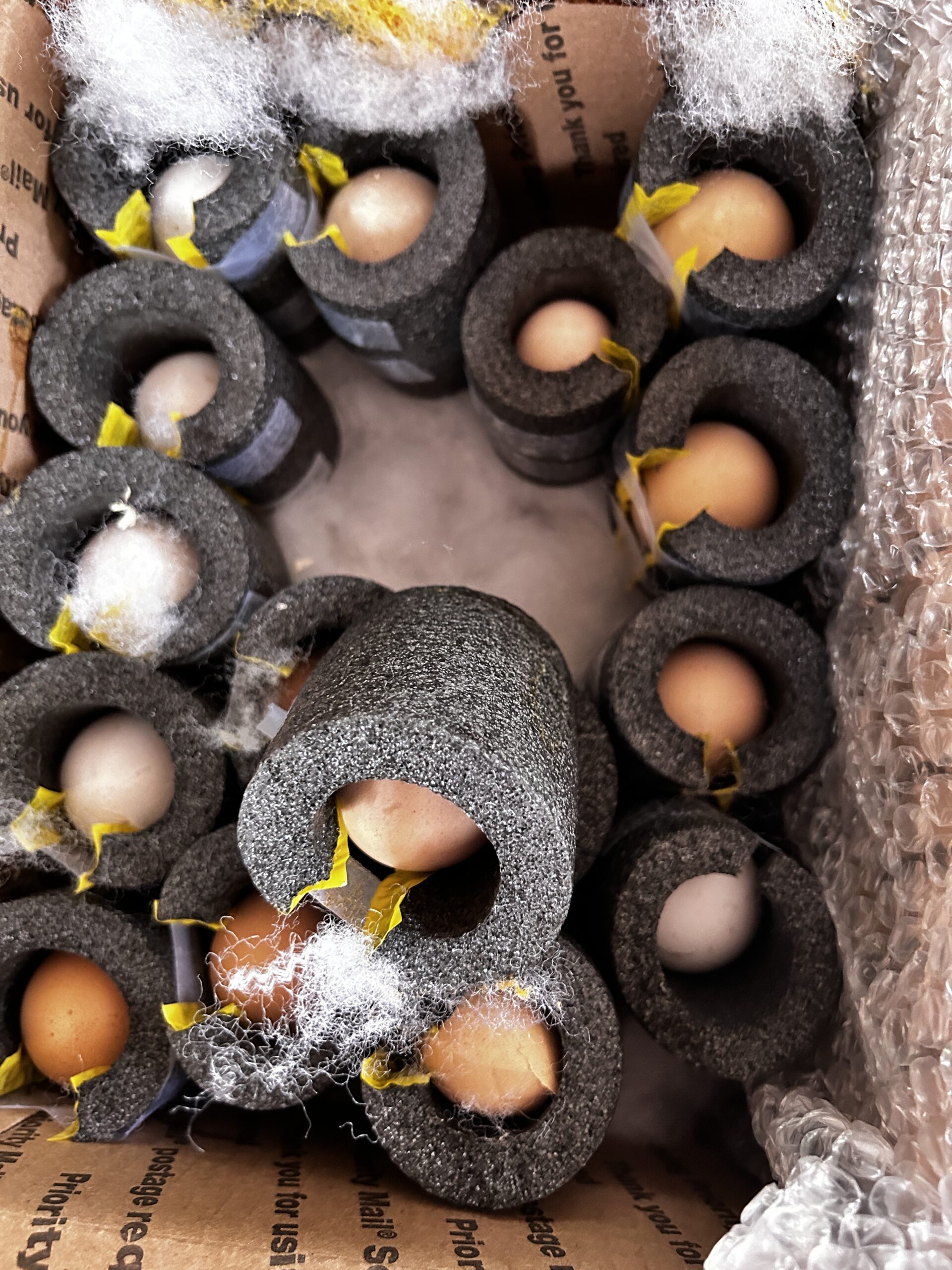
Overall, I had no issues with shipping. All were secured and packed well but it is a hard journey on the eggs. What happens in transit is out of your hands and the shipper/breeder. They can't and don't guarantee eggs for this reason.
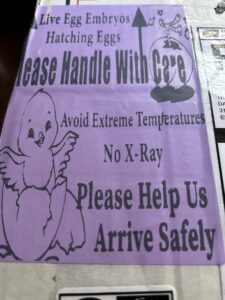
Eggs should be shipped Express so they arrive as quickly as possible. All my boxes arrived with clear identification that they contained "live egg embryos." I had some deliver to my door and others deliver and held at the post office.
Depending on the weather, your schedule, and preference, this is an important question to ask and clearly discuss before you order hatching eggs.
When Your Eggs Arrive:
There are many resources available on how people handle shipped-hatching eggs. I have read many!
I candle my eggs after they arrive to look for any cracks. I also let them sit for 24 hours before placing them in the incubator.
I put my eggs in an empty egg carton, pointy side down, and let them sit.
As with anything, there are WRONG ways, but there are also many right ways, and some may be better than others but the bottom line is discovering what you are most comfortable with AND what works best for you.
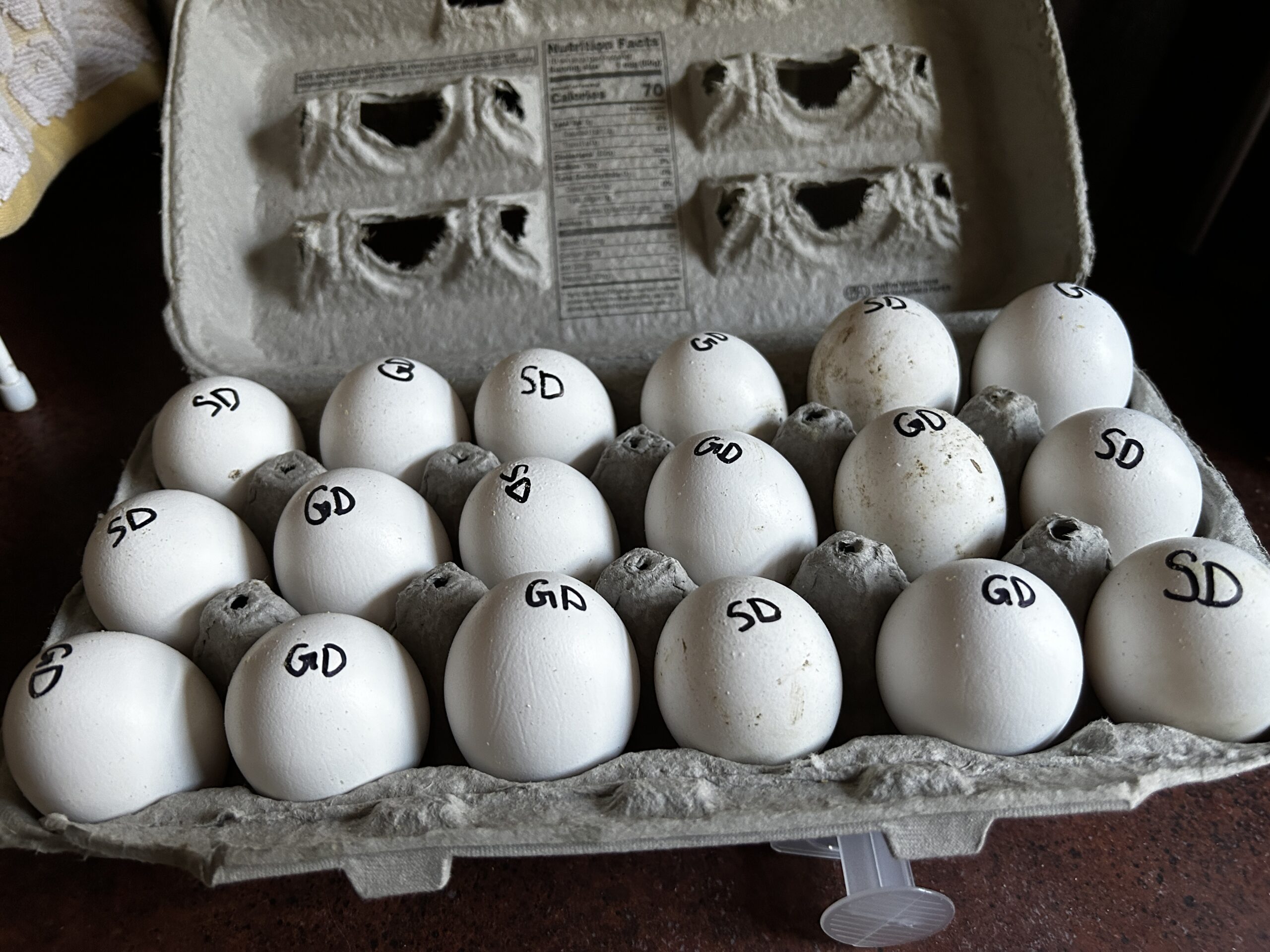
Typically the air sacs become detached during shipping. All my shipped eggs have arrived with detached air sacs. Some stabilized midway through incubation, while others did not.
Setting The Eggs:
I have 2 incubators: one that rocks the eggs forward and back, and another that rolls the eggs.
I always use the incubator that rocks the eggs forward and back for shipped eggs. With some eggs, I waited 5 days before using the turner (rocker), others I started after 24 hours, and did not note a difference.
Sometime I incubate several groups of eggs in the same incubator, so on lock-down, I move those eggs to a different incubator, so I can adjust the humidity. This has worked well as long as you plan the days appropriately.
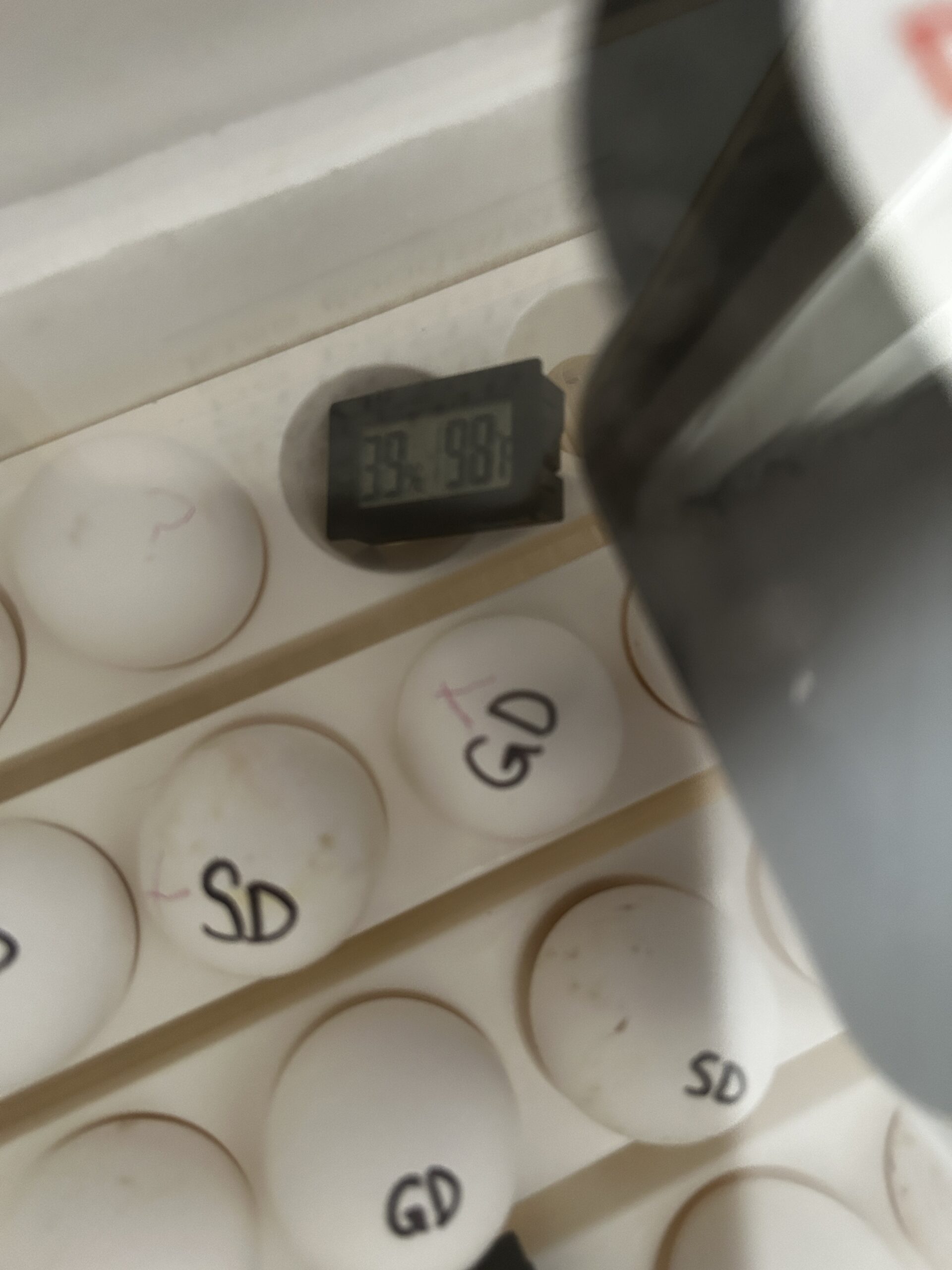
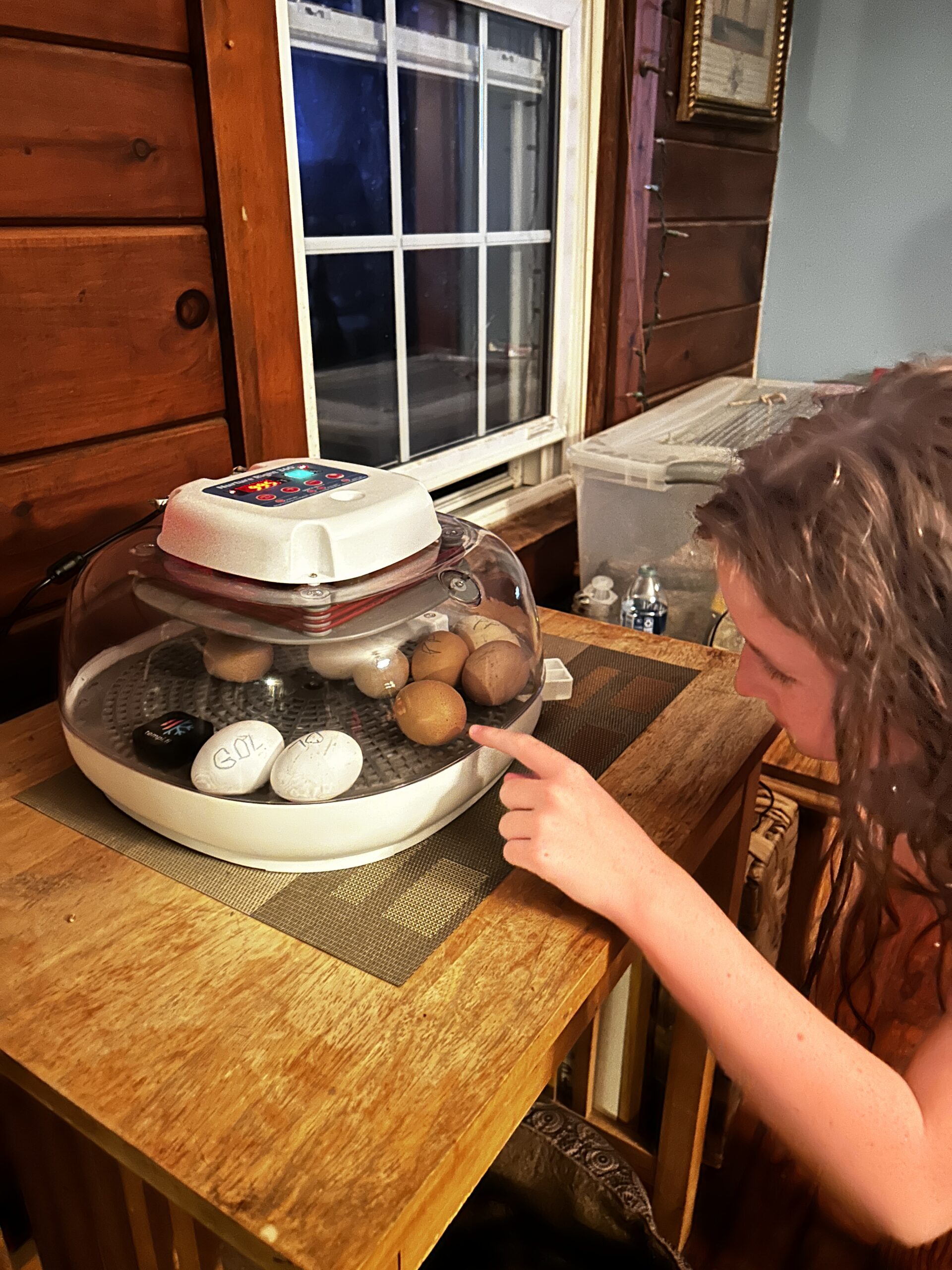
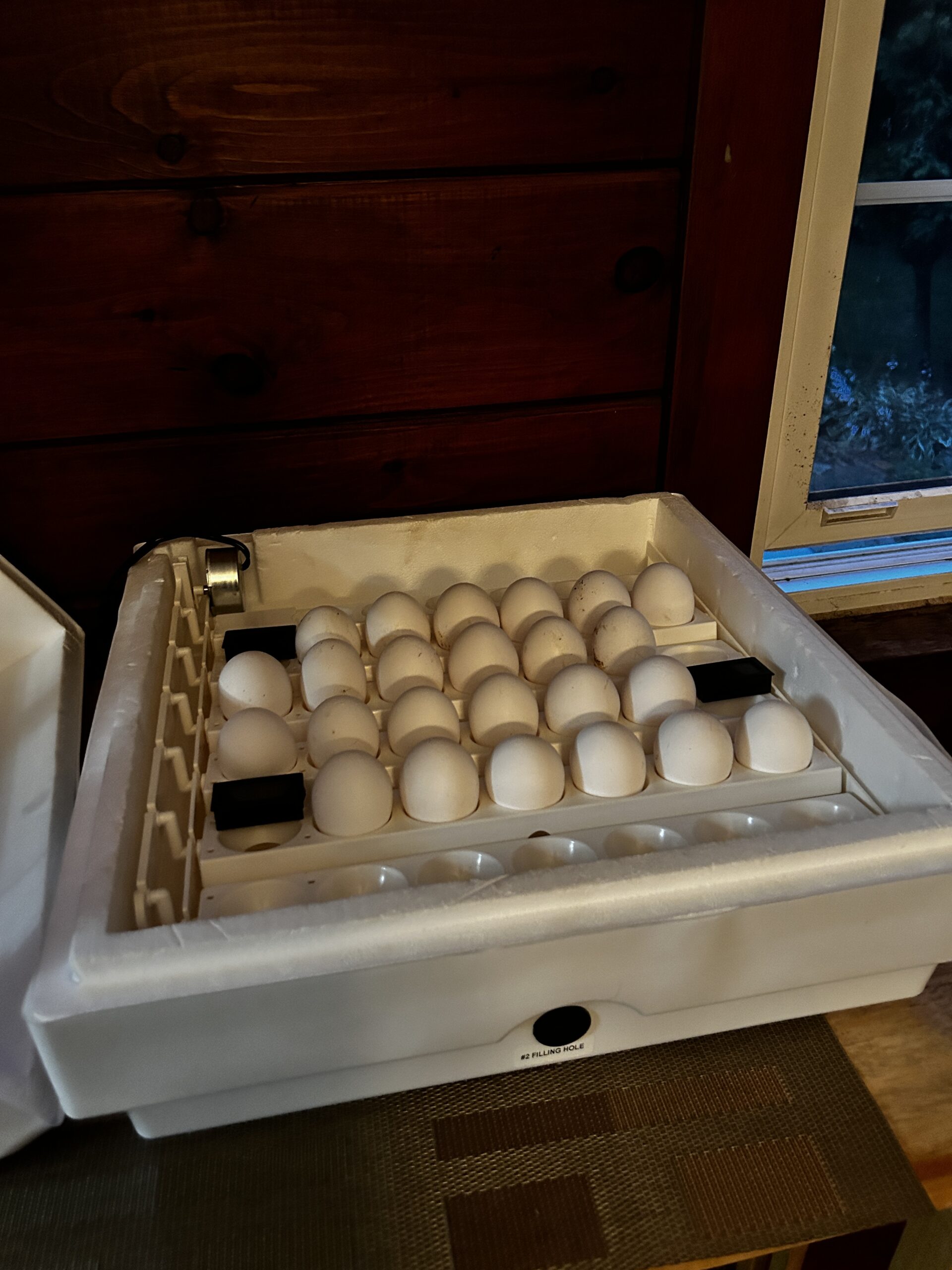
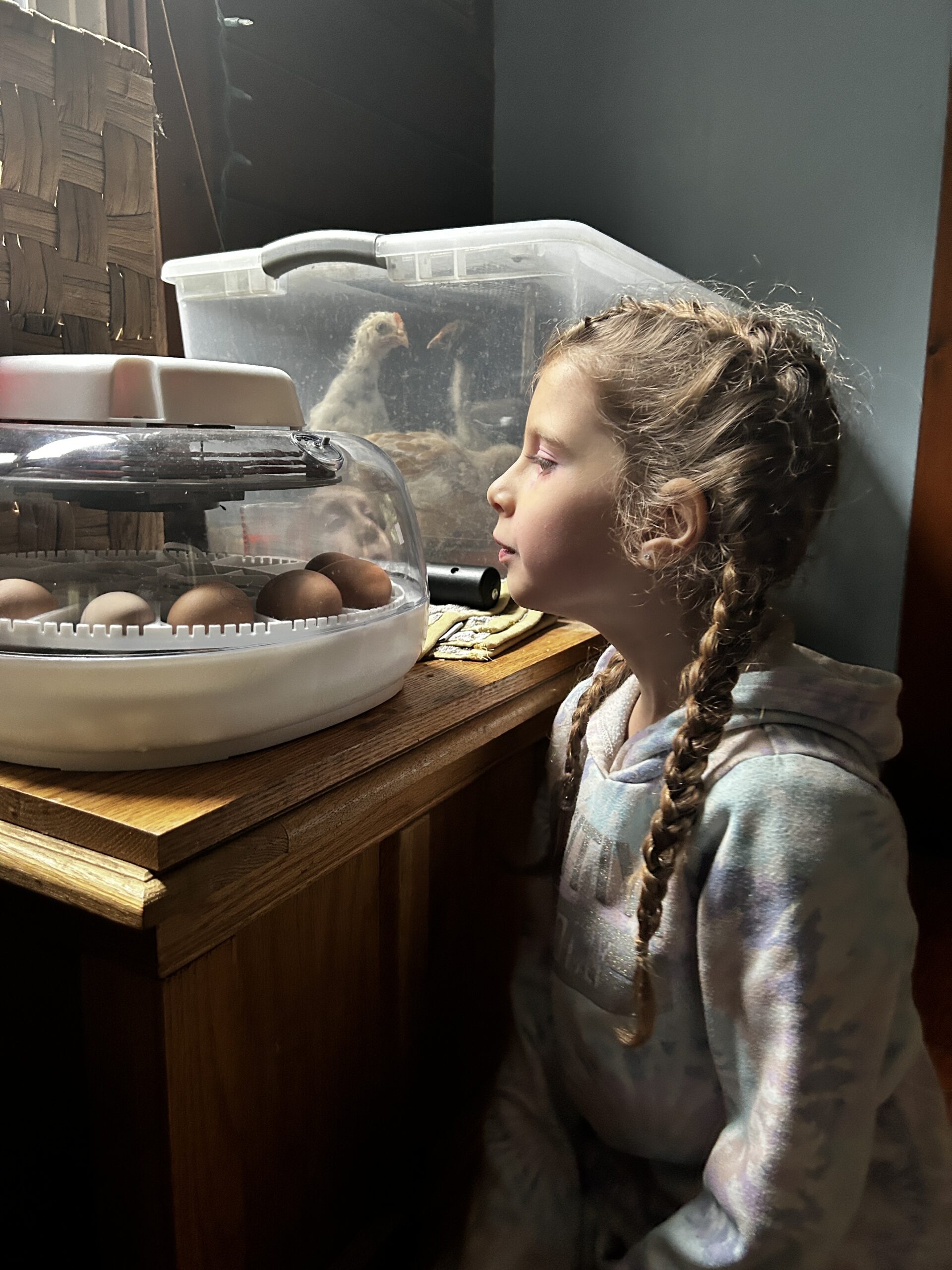
Hatching:
Although acquiring my Deathlayers (I now have 4) has been quite the (costly) experience, I have learned a lot.
First and foremost, knowing about the flock that you are receiving the hatching eggs from is important. I had several issues with my eggs because they came from small breeders. I don't know for sure but I think my OK eggs (I mentioned earlier) were old. 0 of 18 is really bad. With a small flock, it takes time to gather 18 eggs, then ship them across the country.
The eggs I ordered from E-Bay (that went in the incubator with my OK) eggs did well. BUT I know nothing about these eggs except it's a seller on E-Bay, who sells a variety of rare breeds with a good rating. (Not good research on my part).
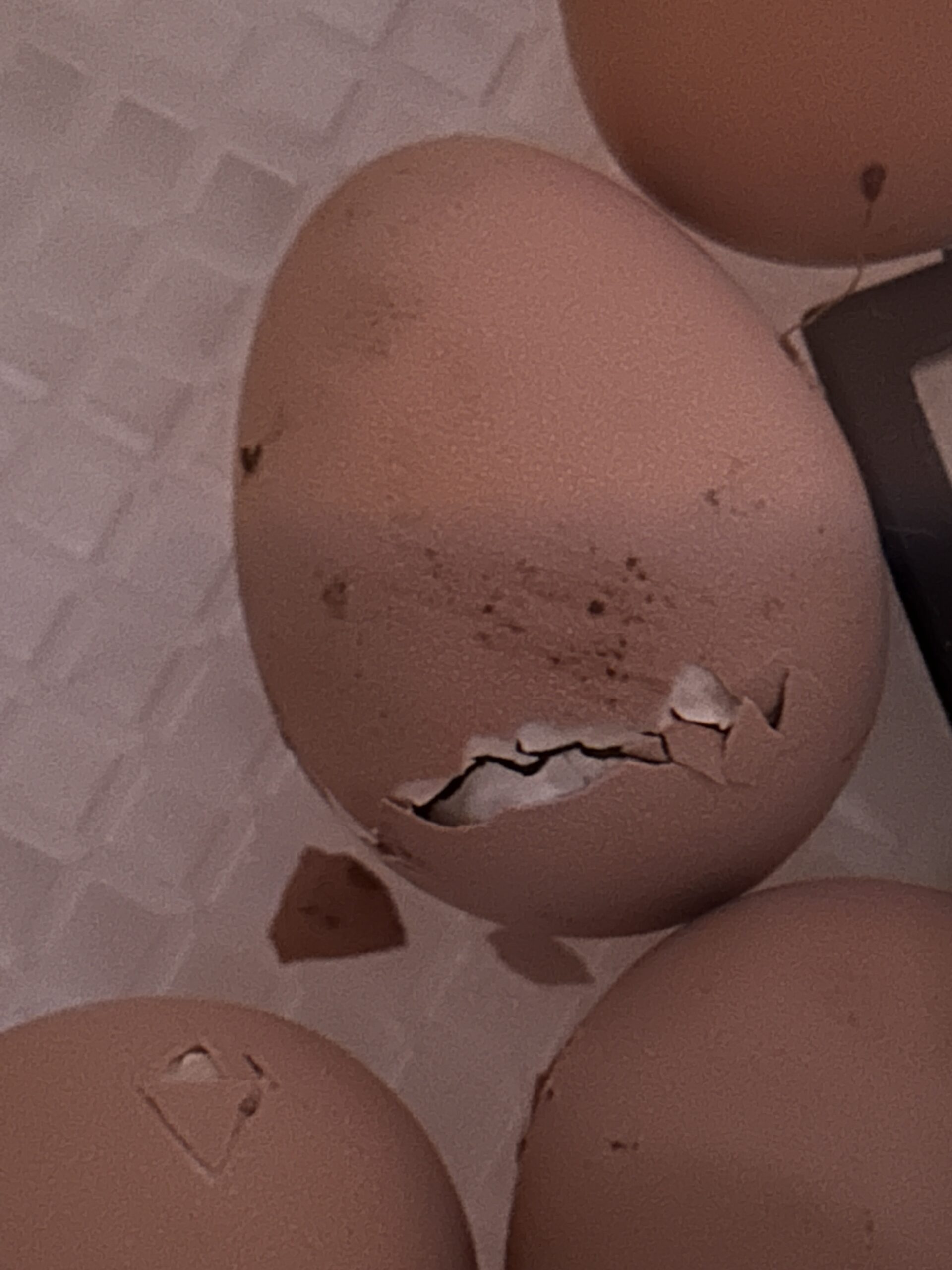
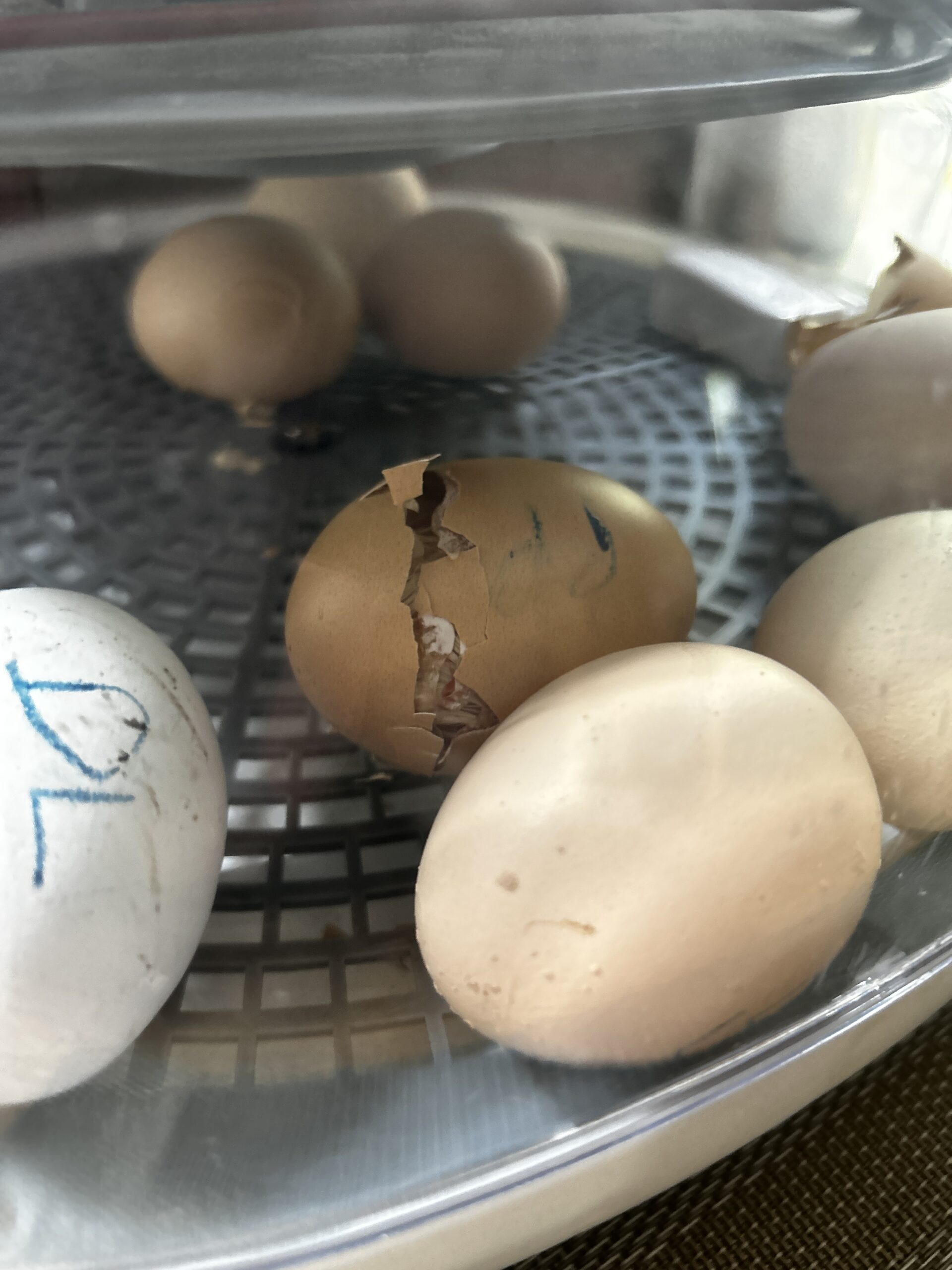
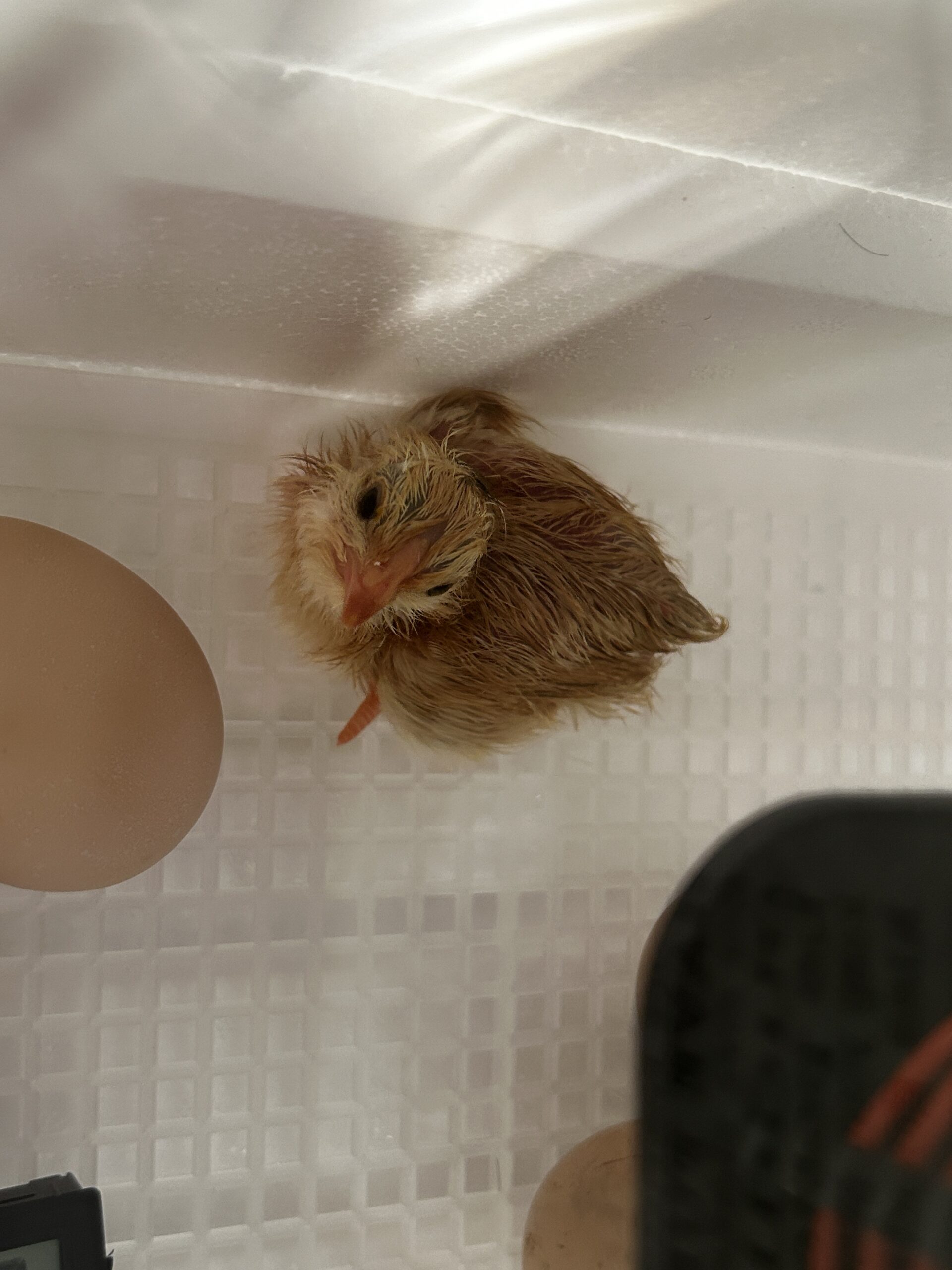
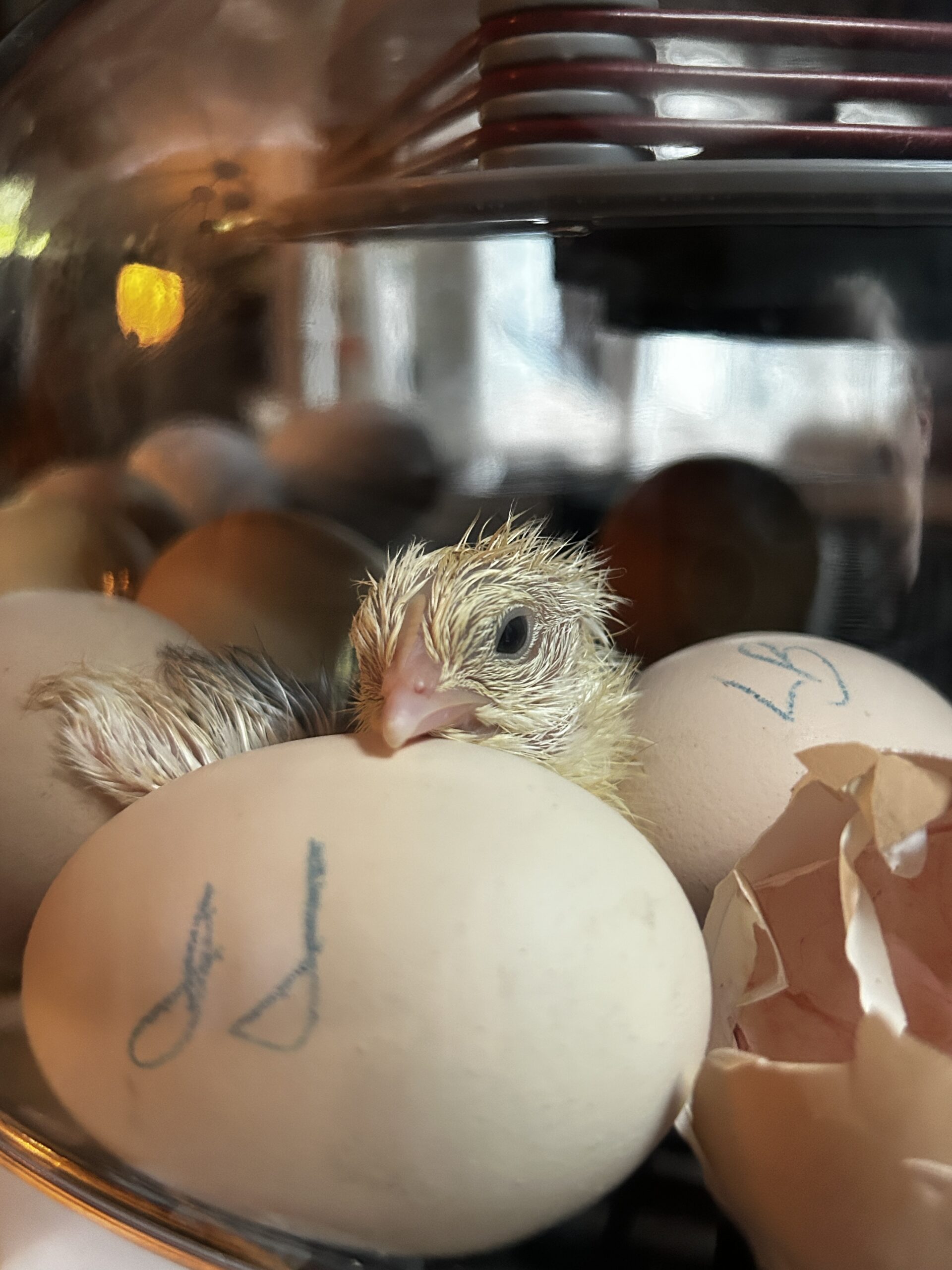
With my early eggs, I did not know about NPIP certified. Our state laws require eggs to be certified to ship into the state.
I never asked about my OH eggs because I didn't even know to ask the question. It wasn't on my radar.
I worked very hard and became NPIP certified in July, so although my original OH eggs, now hatched Deathlayers were probably not certified, they were tested with my flock in July, and are now certified.
Right before I became certified, I ordered more eggs on E-Bay (not smart on my part). I presumed the eggs were certified because of state laws. BUT no! I was very wrong. My next batch of eggs (also from OH) were NOT certified and following NPIP requirements, I could not have them. I had someone hatch them for me and I gave them away.
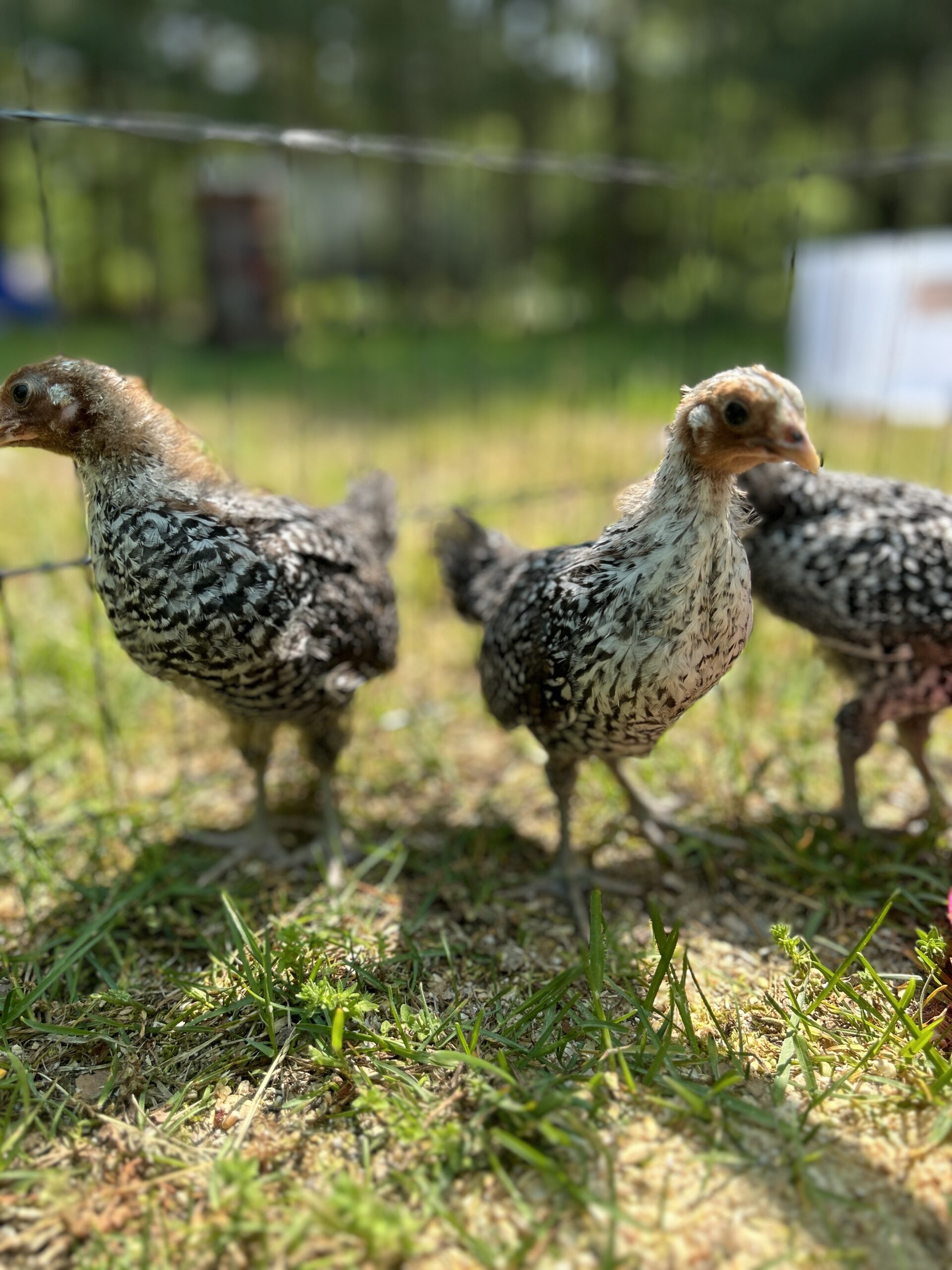
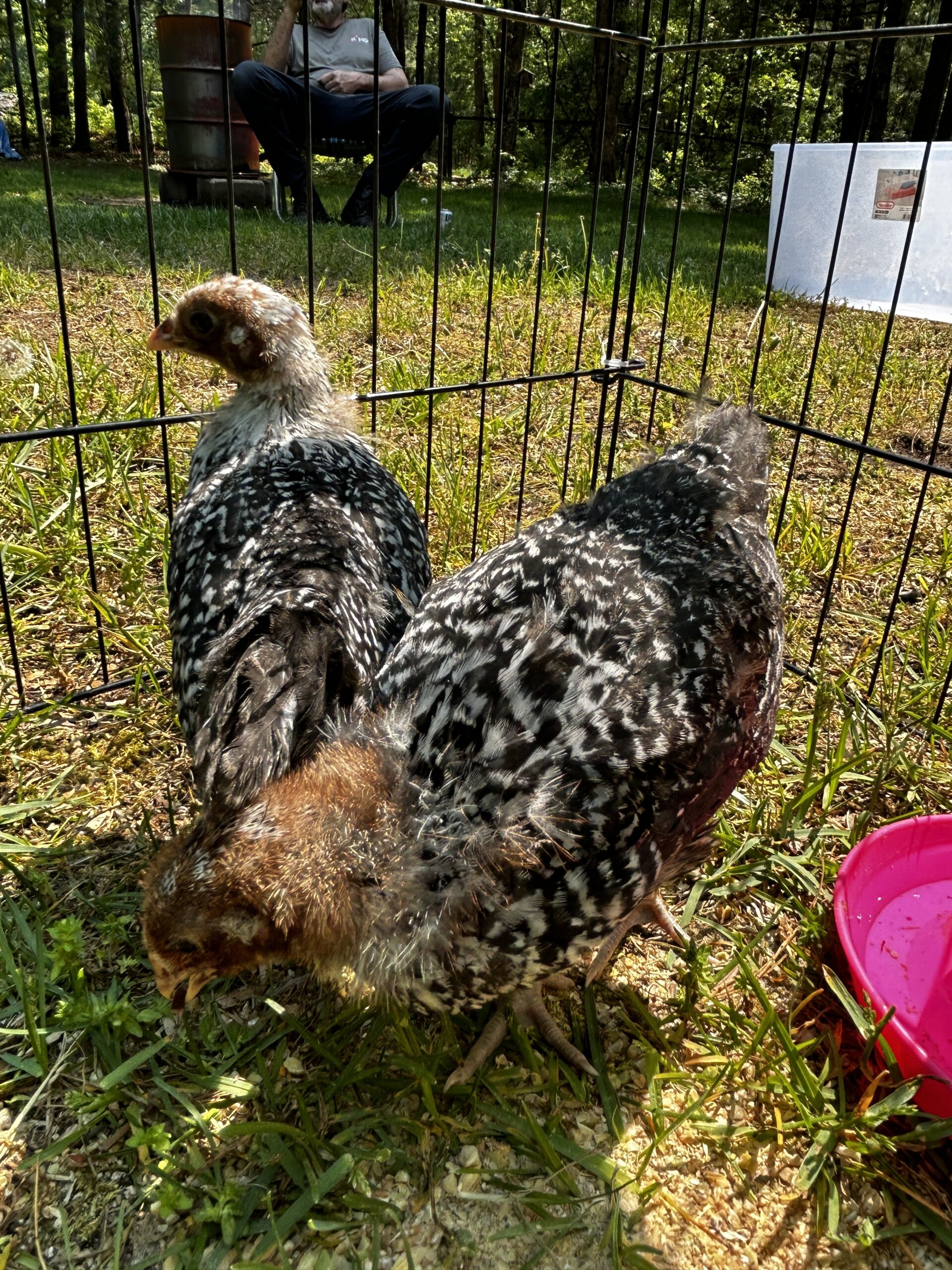
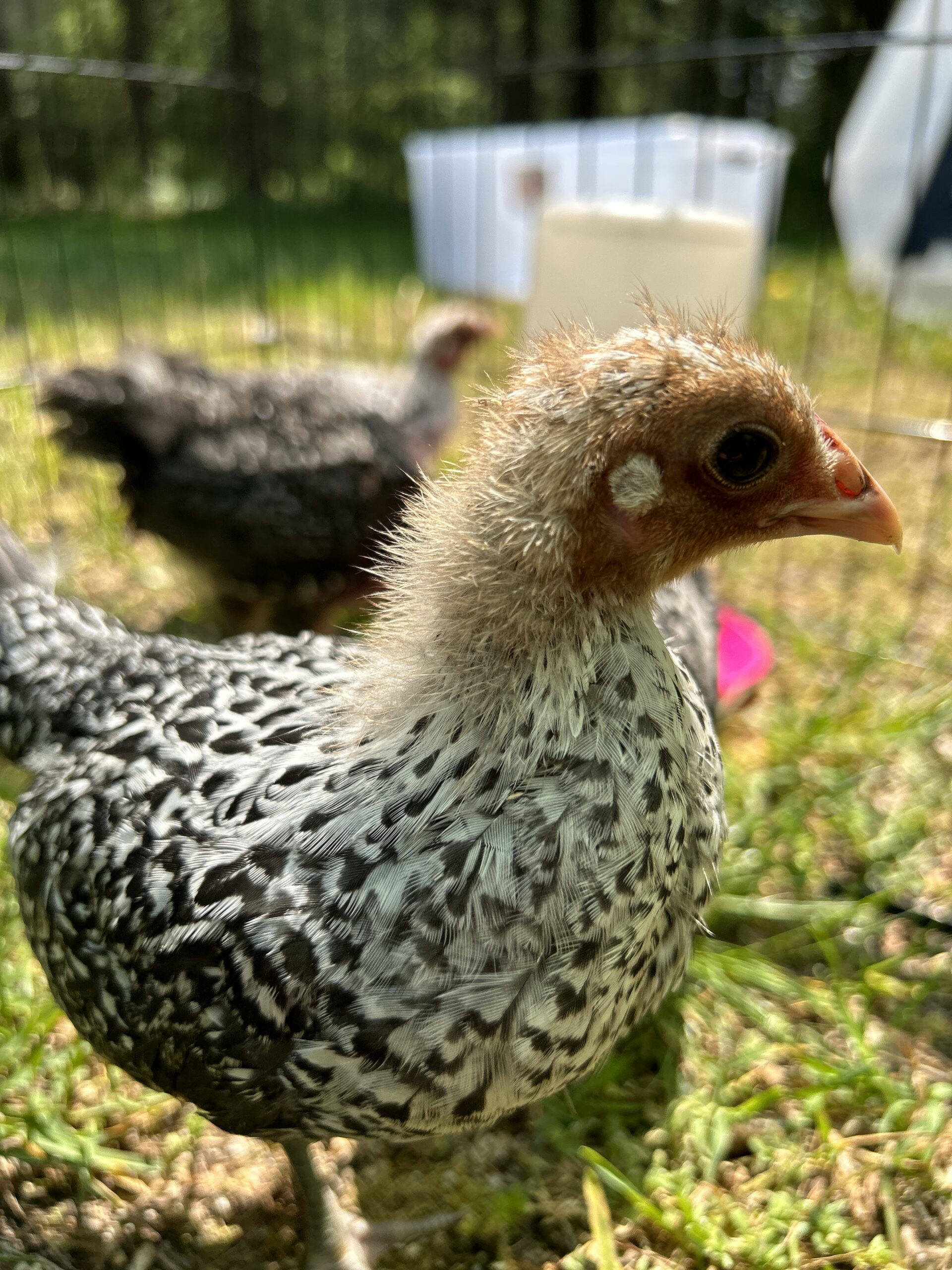
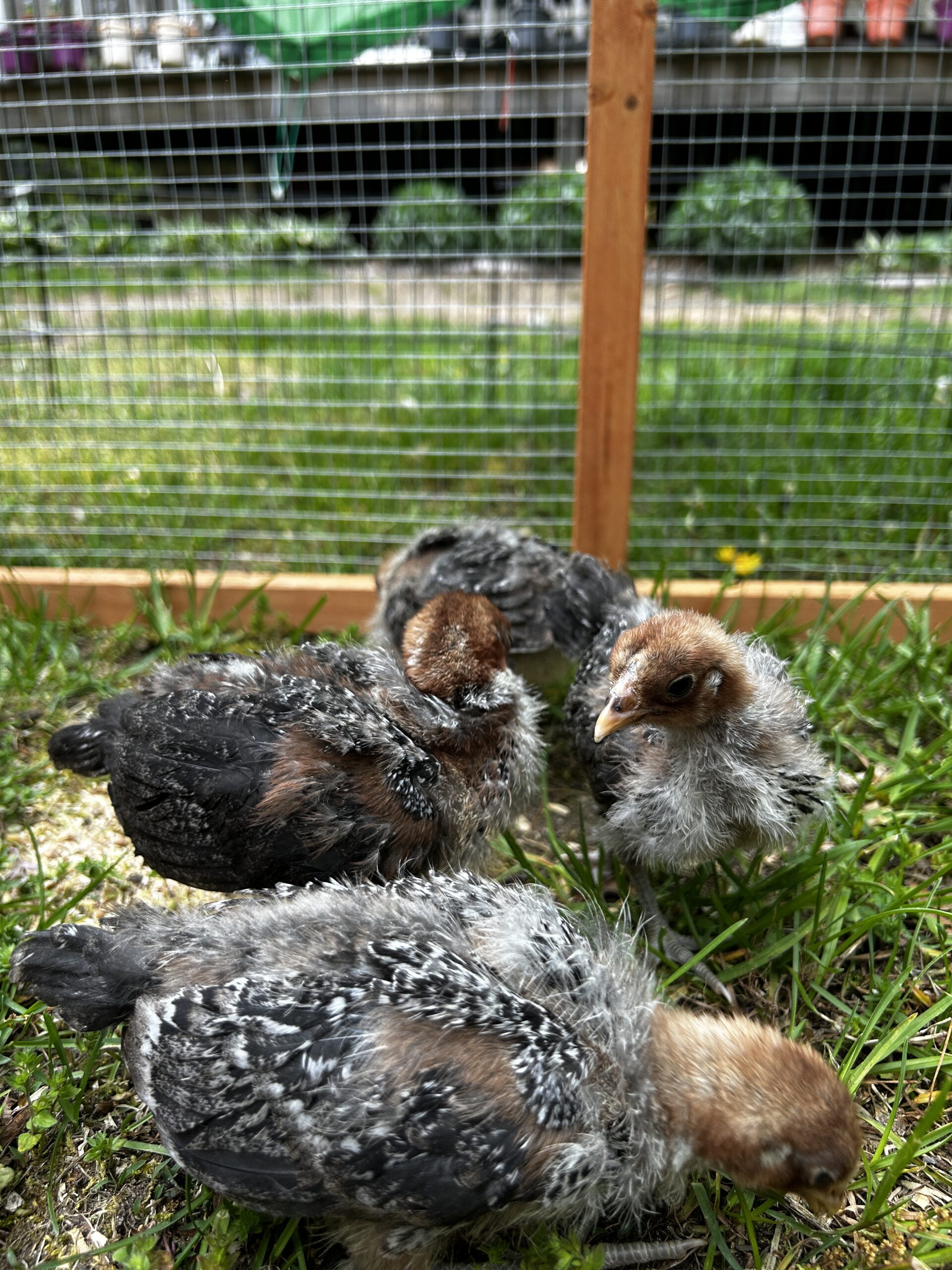
The breeder had never heard of NPIP and had no idea of the laws and regulations governing shipping hatching eggs and clearly no one on the state level was monitoring the requirements. He was able to ship them into MA without a problem.
I am guessing this happens often plus, most people who are certified won't be buying eggs from E-Bay or unknown origins.
Since I could not keep these eggs (sadly) I ordered more eggs from an NPIP breeder selling shipping eggs.
This turned into quite the fiasco. I ordered 6 Gold Deathlayer eggs. Apparently there was an issue with the eggs and my order kept getting pushed back. After a 3 week delay my order was shipped with extra eggs. I received 5 Gold Deathlayers. The 6th broke. 4 Gold Laced Brahmas, and 2 Pita Pintas and 1 Cemani. Remember, my original order was 6 Gold Deathlayers.
End result: 0 Gold Deathlayers, 0 Cemanis, 3 Gold Laced Brahmas, and 1 Pita Pinta.
I laugh because I did not want or expect these eggs, I just wanted Deathlayers.
I am keeping the Pita Pinta. It looks like it might be a roo (oh no) which means I may need a 3rd run (chicken math).
As much as I love the Brahmas and they are beautiful, I won't be keeping them. Once I can determine their sex, 2 will become available. I will keep one (probably the runt) to keep my Pita Pinta company. And yes, one Pita Pinta means I need more. ... but that can wait until spring.
This is where the logistics come in ... if Melody (the Pita Pinta) is a pullet, she will go in with the Cemanis ... but if its a roo, he will need his own flock. Time will tell.
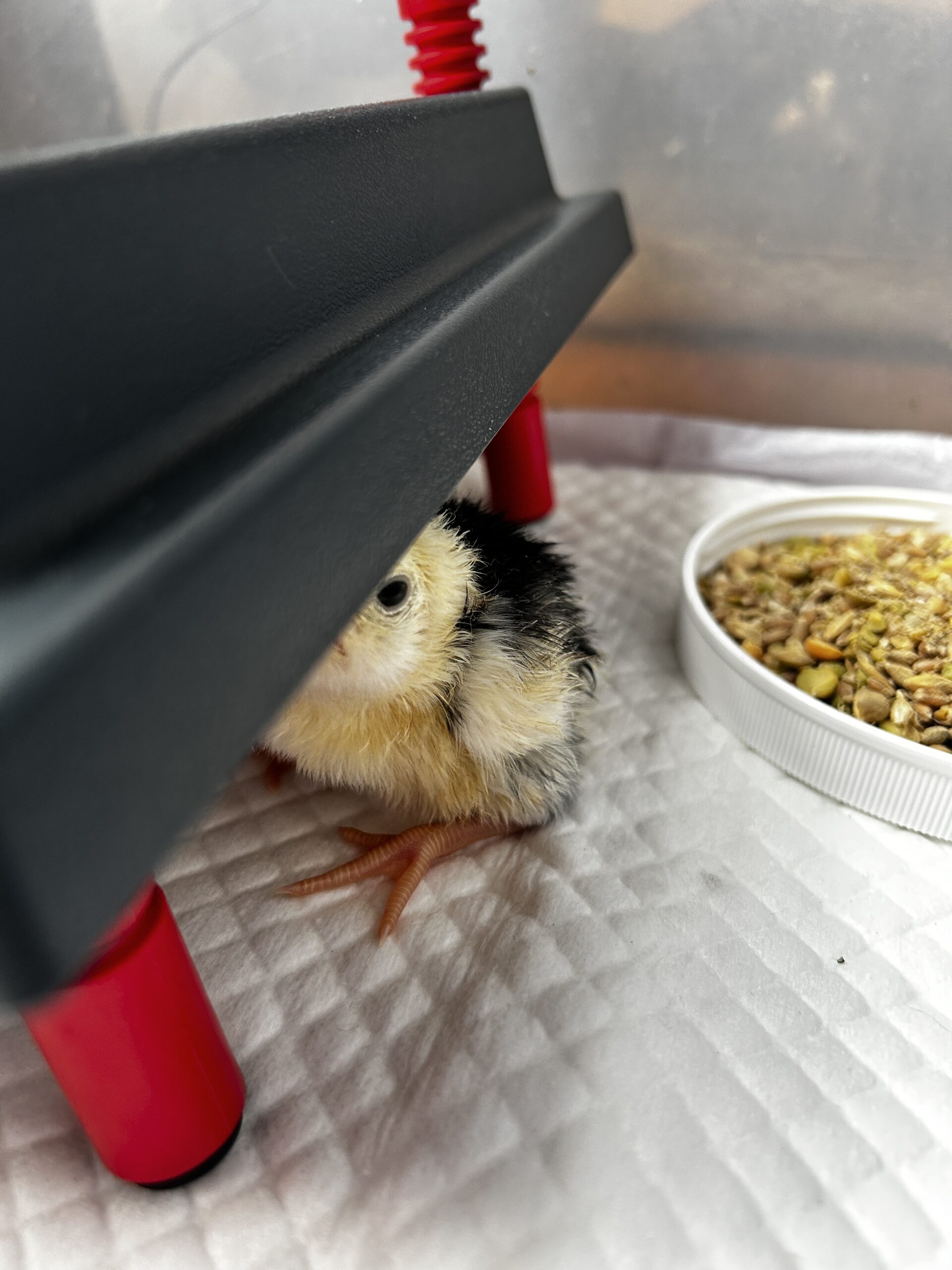
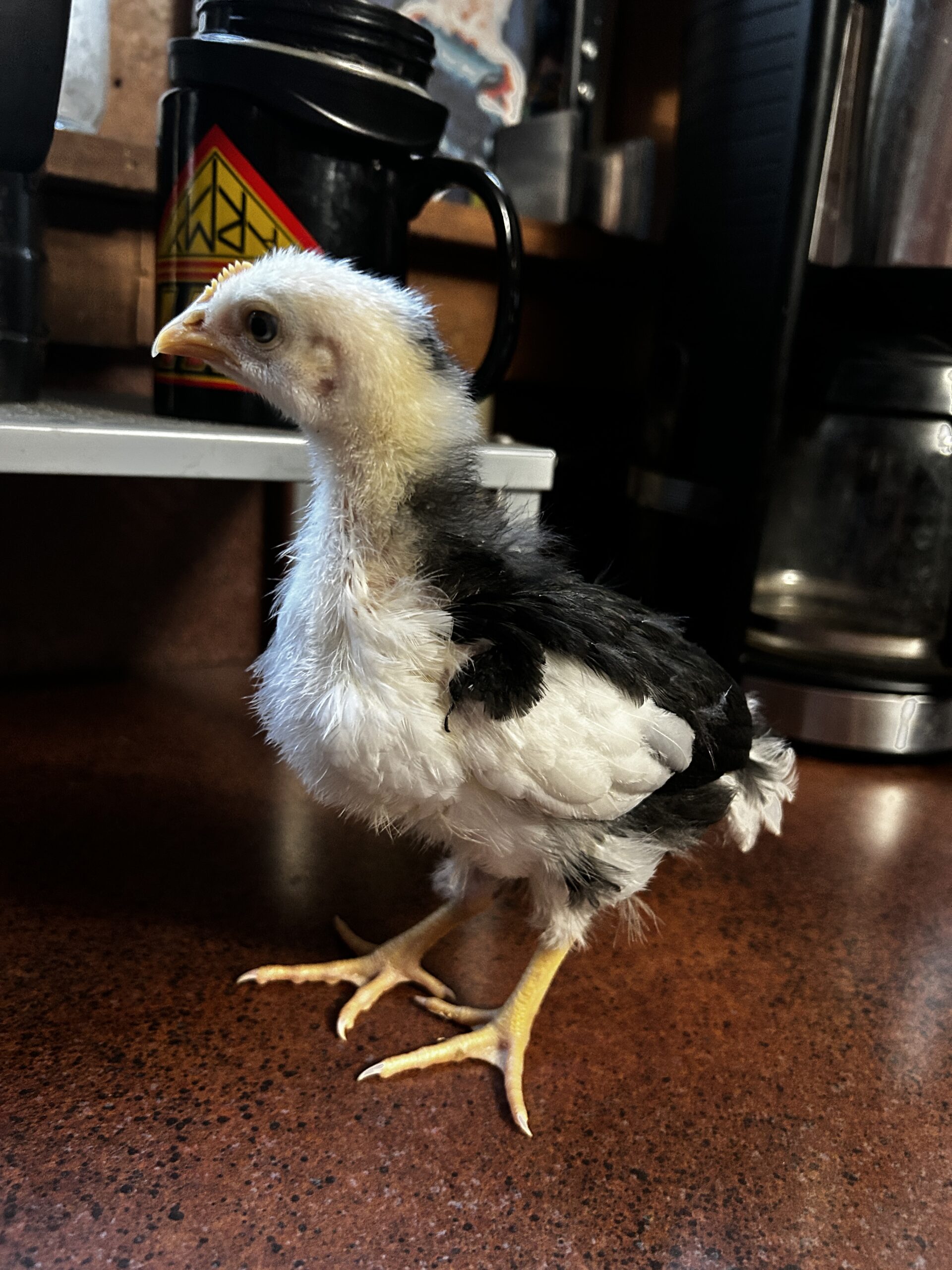
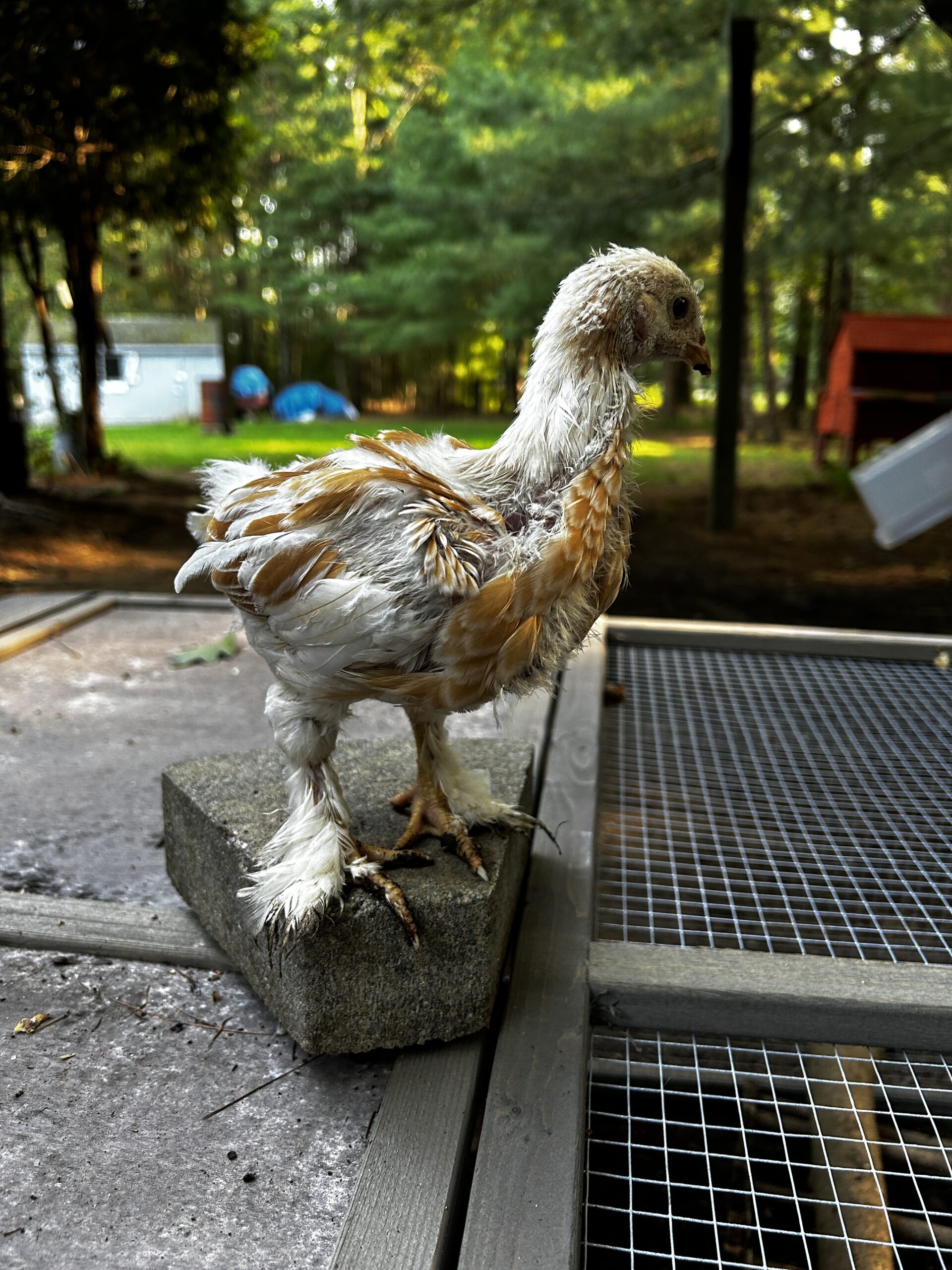
If you are hatching a small number of eggs, be prepared to handle a single chick hatching.
I received 4 Ayam Cemani hatching eggs from a local (certified) flock. 2 eggs were fertile and went into the incubator. Only 1 hatched. My grandson named him Spiderman. I knew this was a possibility so I had a little mirror and stuffed animal ready to go in the brooder, if I needed them. And I needed them.
My Brahma's and Pita Pinta hatched about 3 weeks earlier and were already too big for the new baby. I thought I found some backup chicks but it fell through. I ended up buying 3 more Cemanis from Meyer Hatchery. These new chicks are about 6 days younger than Spiderman but it all worked out.
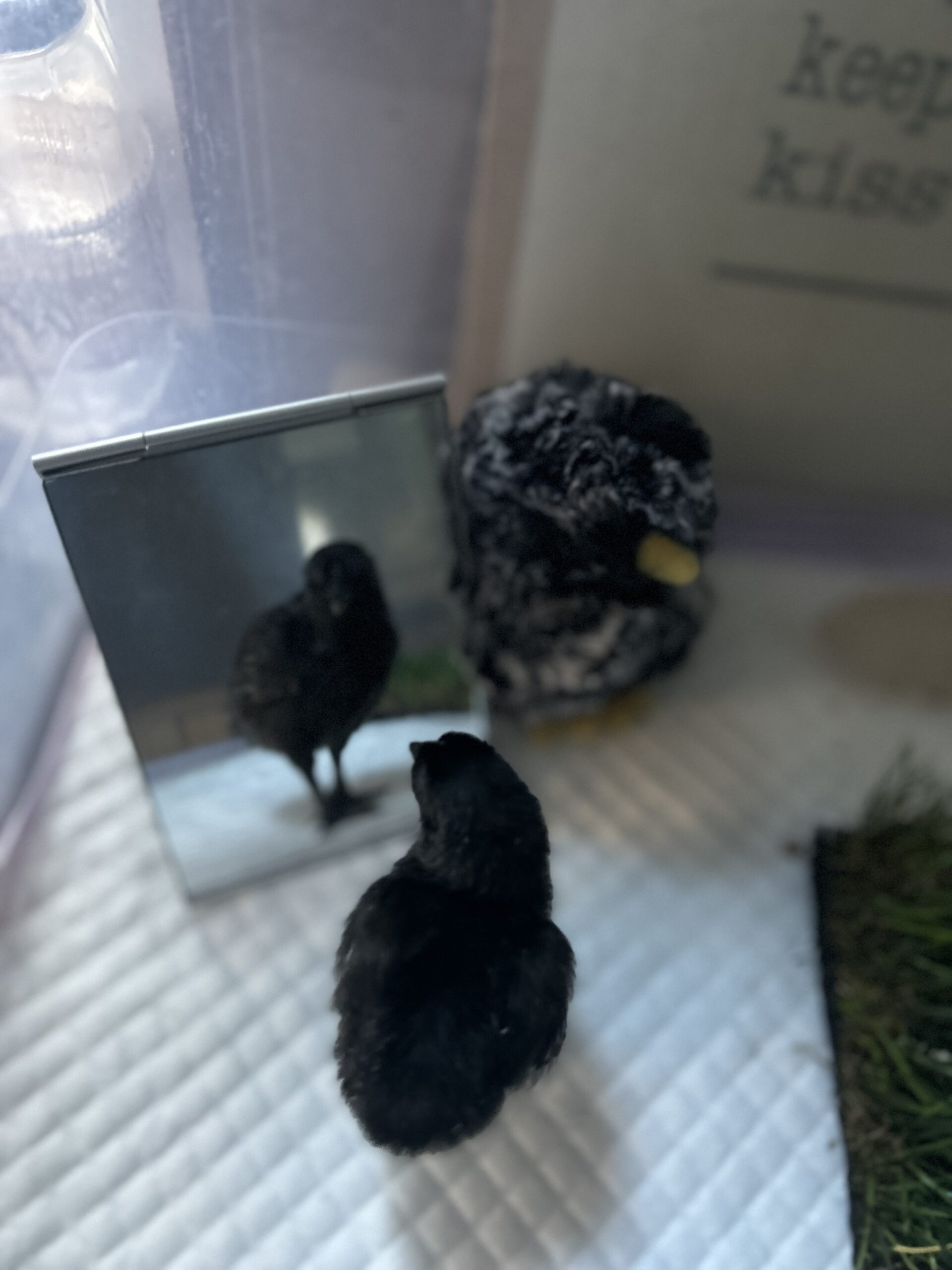

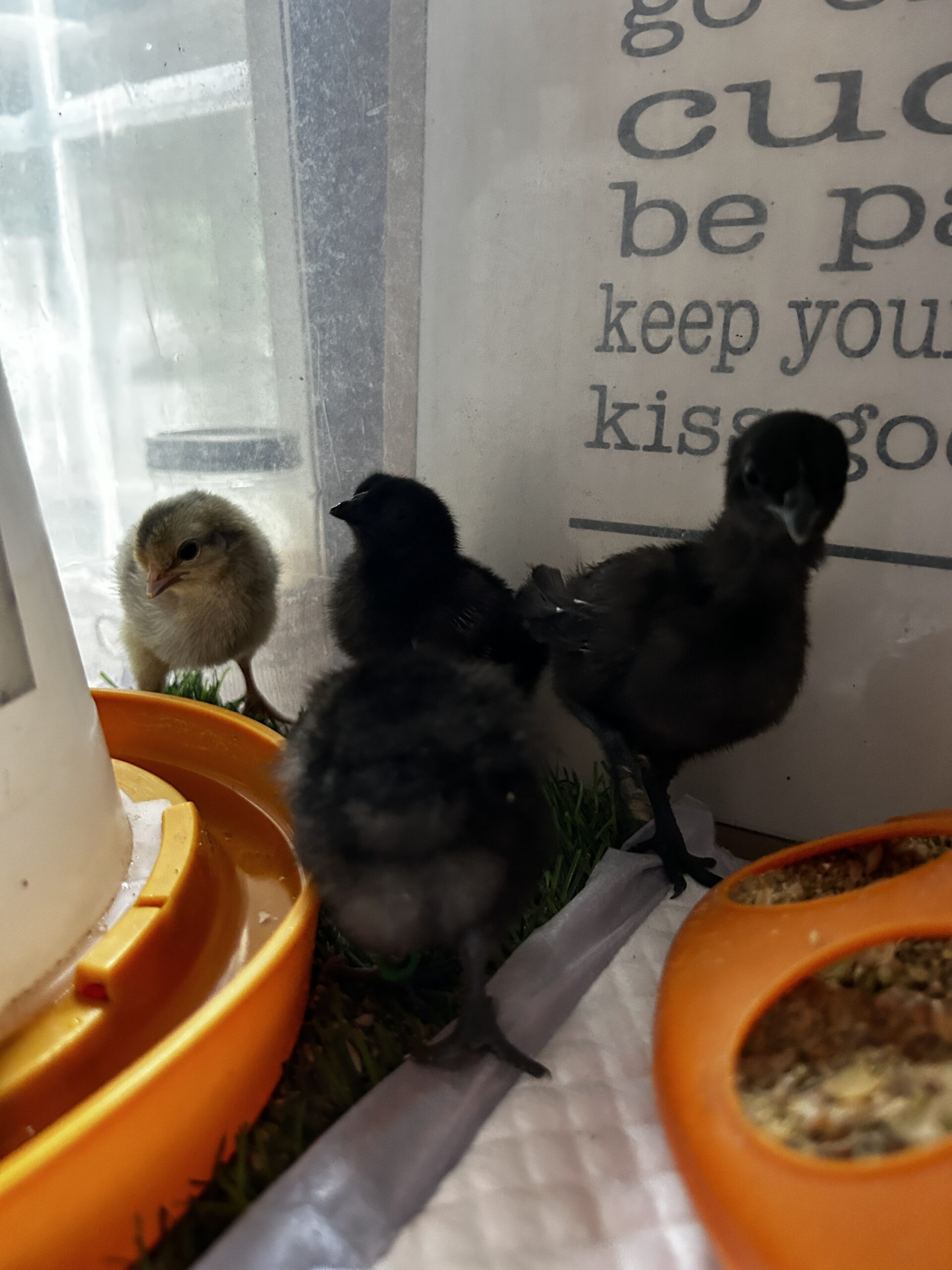
Conclusion:
Knowing the risk of receiving shipped hatching eggs is important. Some people are lucky with great hatch rates and others like me, not so good but I knew that risk.
I would probably do a few things differently, but that's easy to say in hindsight.
My goal was to add some rare breeds to my flock and I've accomplished that. Soon I will be breeding my own and no longer need to have eggs shipped and I will have a small selection of hard to get breeds available for people locally.
Some things to think about:
- Ask questions of the seller/breeder: age of shipped eggs, how they are shipped, tested/certified flock, will they replace broken eggs, and anything else that is relevant to you.
- There are many factors that go into a successful hatch and many are outside of your control like shipping conditions and handling.
- Hatching shipped eggs can get expensive and be heartbreaking.
- You might get the unexpected so be prepared.
- This may be the only option if you are looking for specific breeds.
- Especially with shipped eggs, let them go beyond day 21, I had many hatch on day 23. Many factors can cause this including "older eggs" and incubator conditions.
- With detached air sacs, some may have problems hatching. If you choose to assist, some outcomes may not be good so be prepared. They will die without assistance but they may not make it anyway.
- Know culling options. Hopefully you will never be faced with this decision but if you are, you will be prepared.
- Do your research and go with what feels right to you.
- Learn from your mistakes and don't make them again if you can help it.
